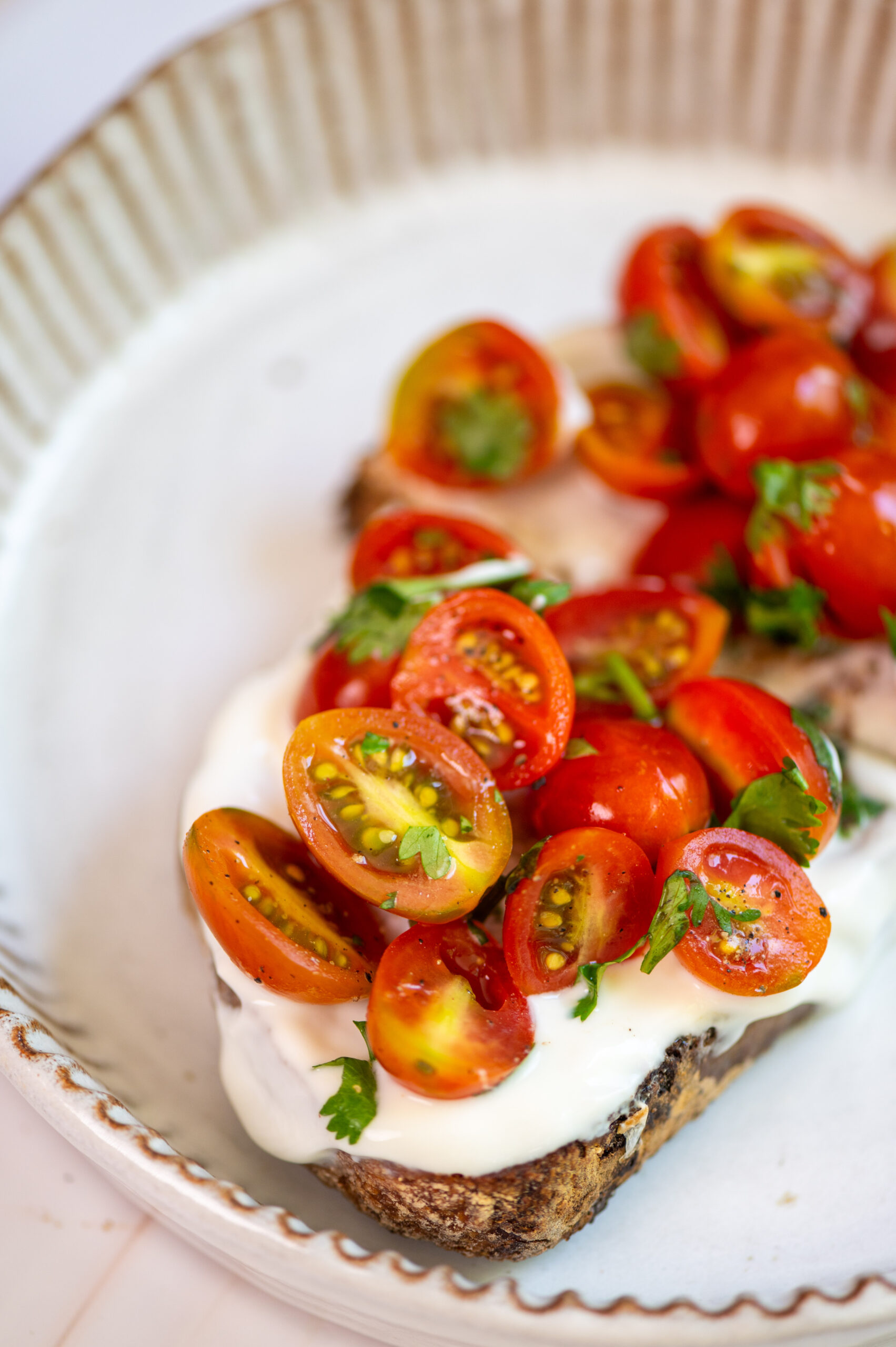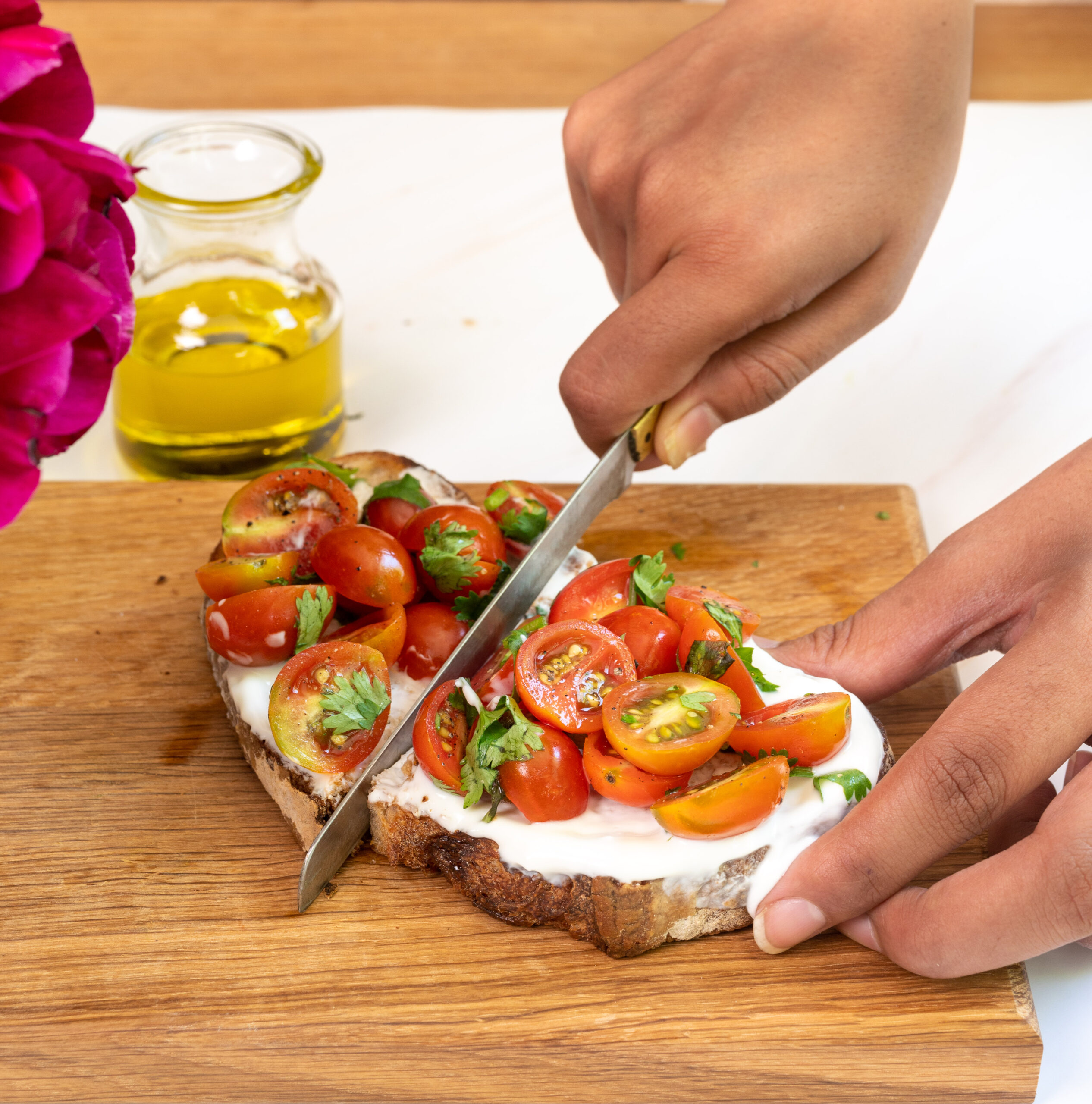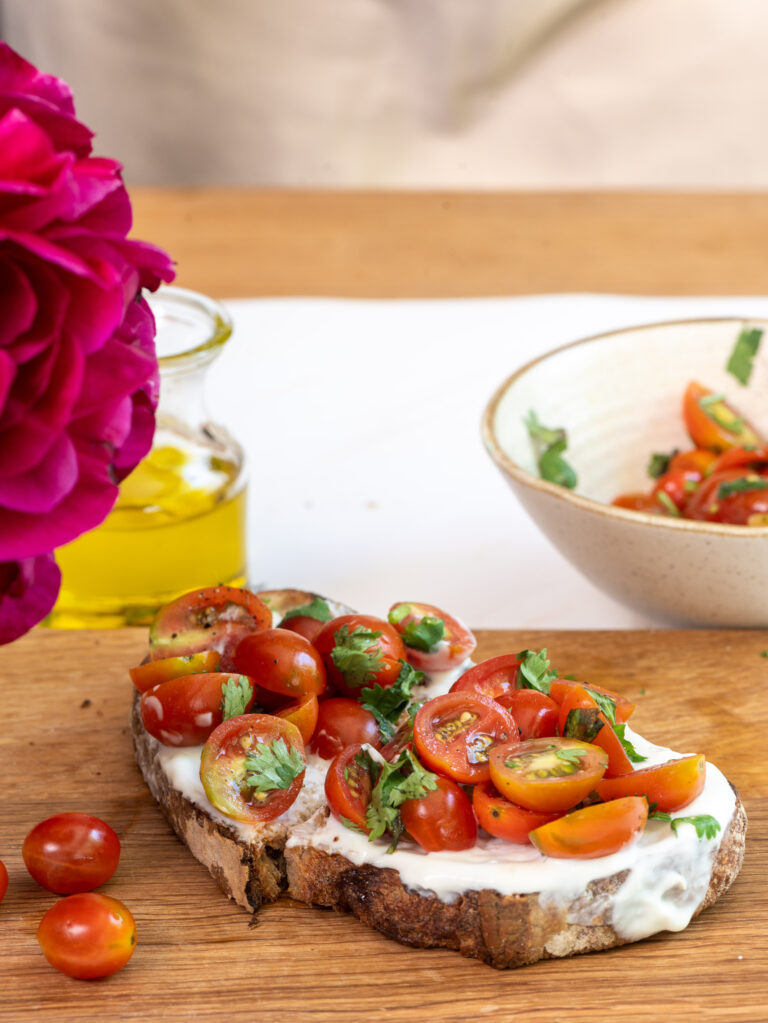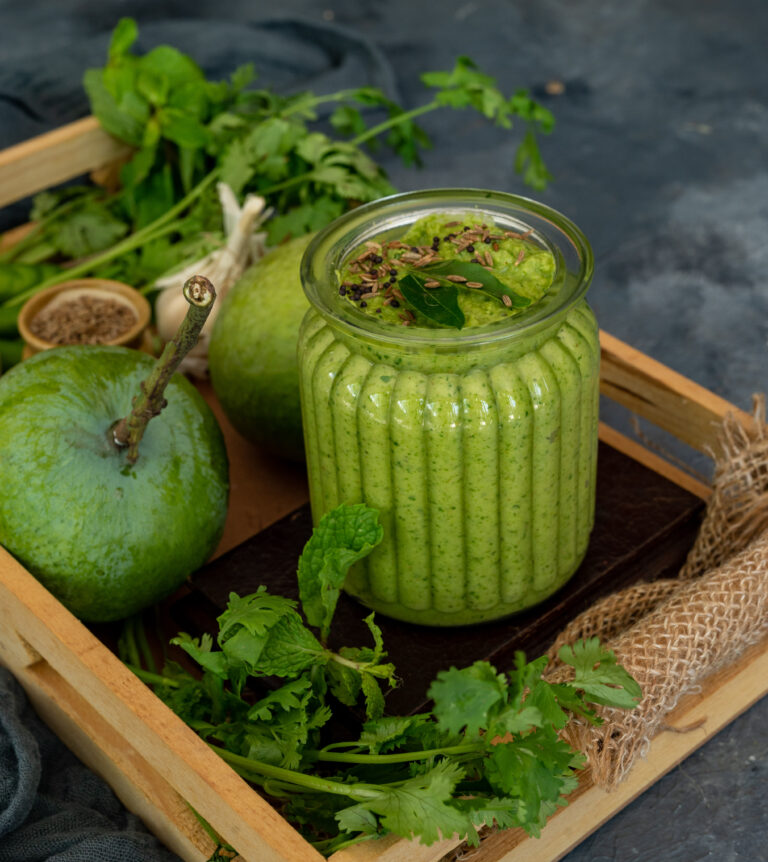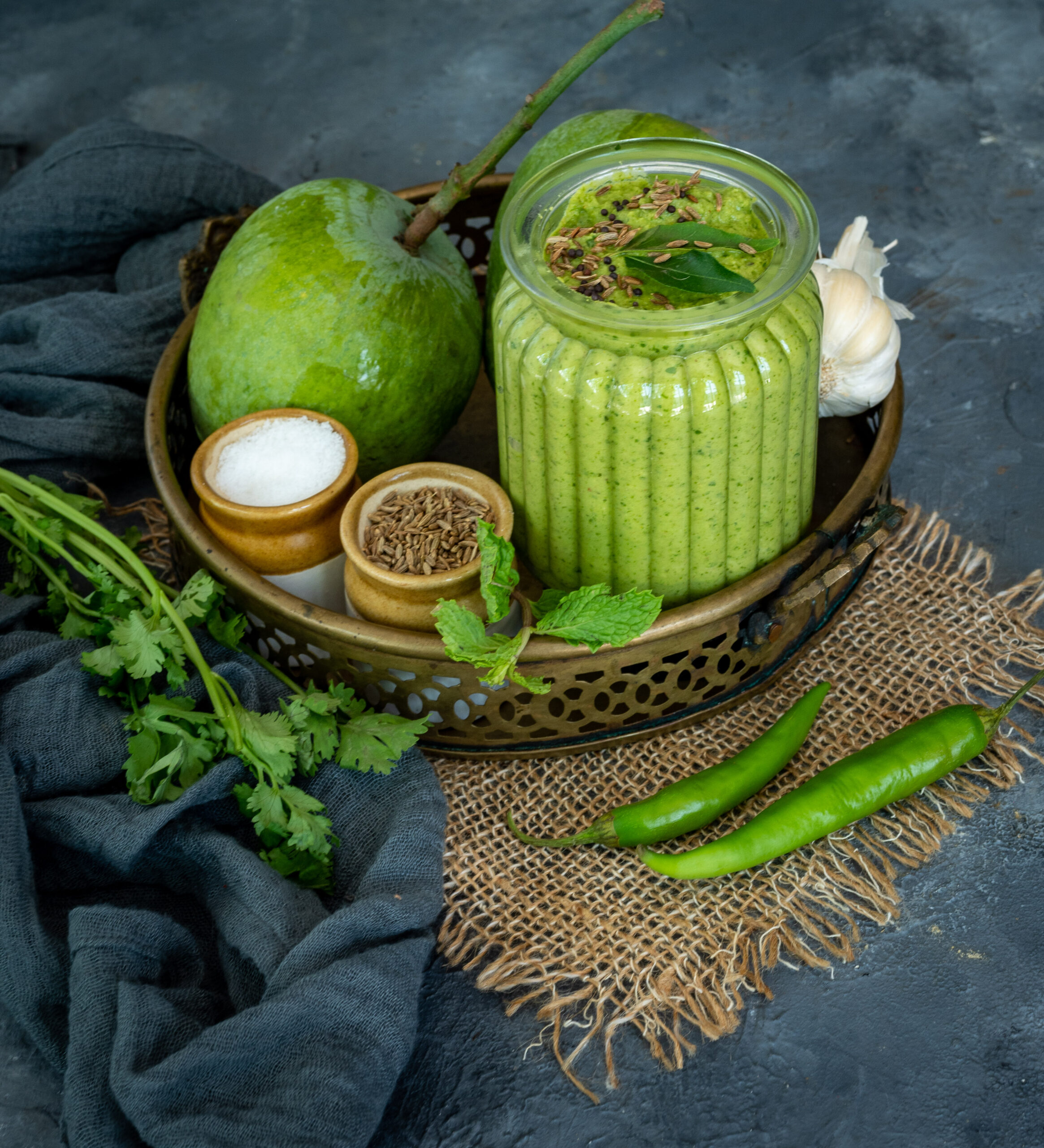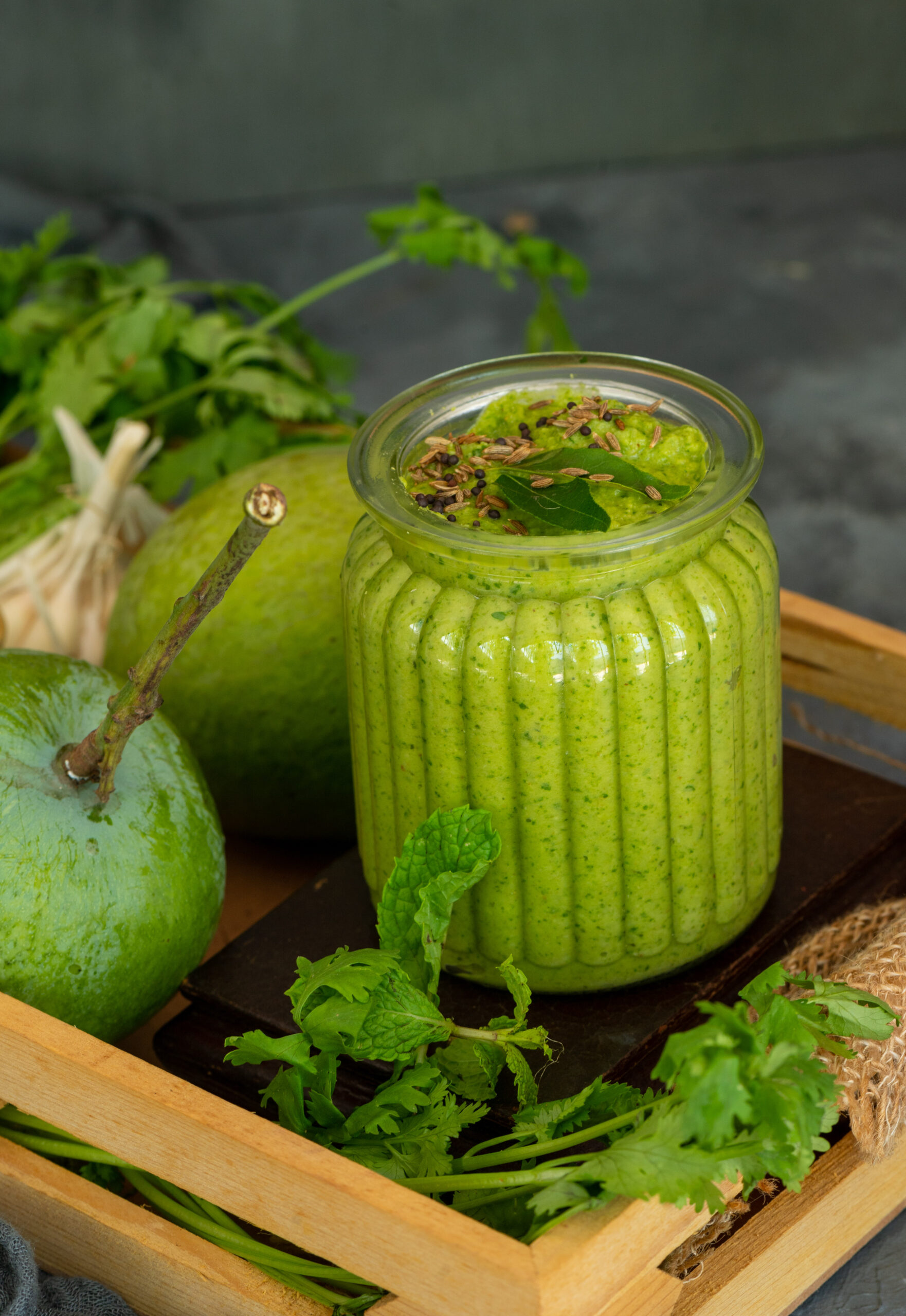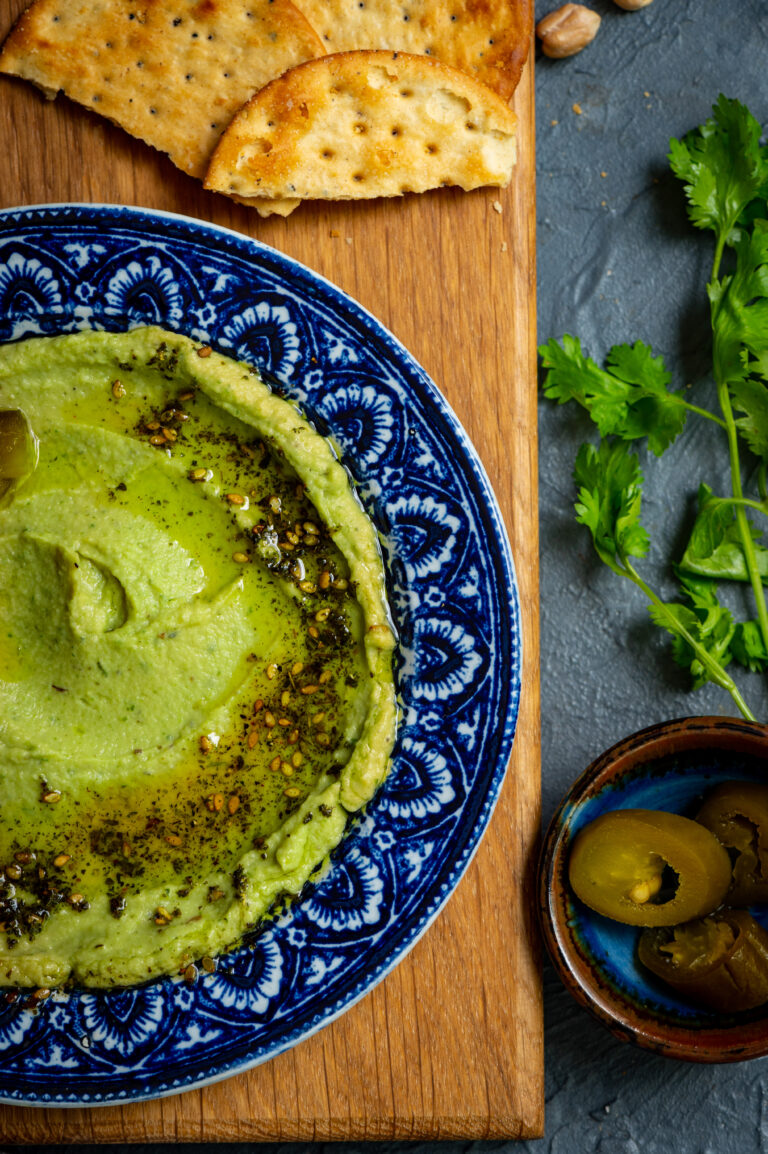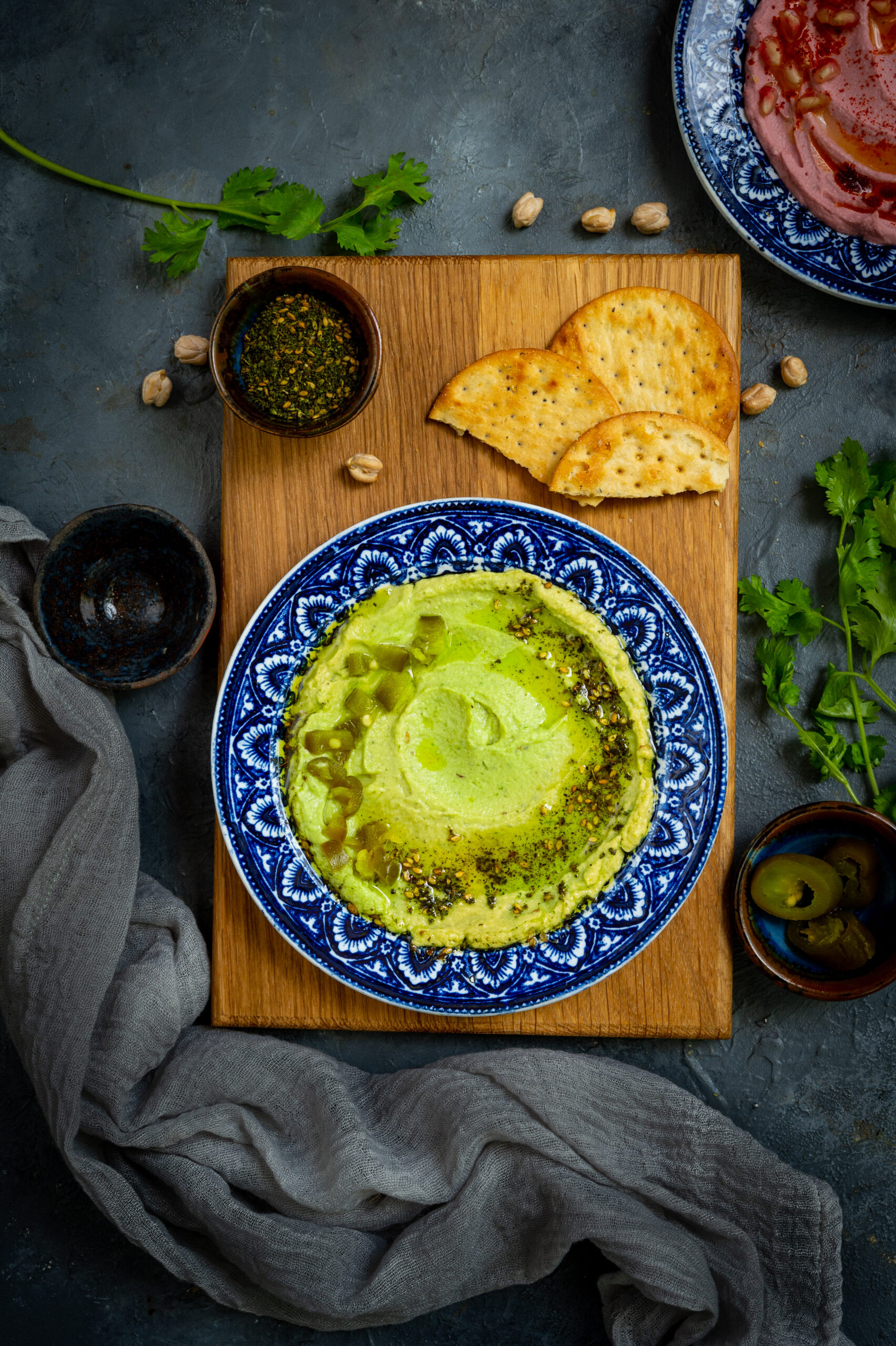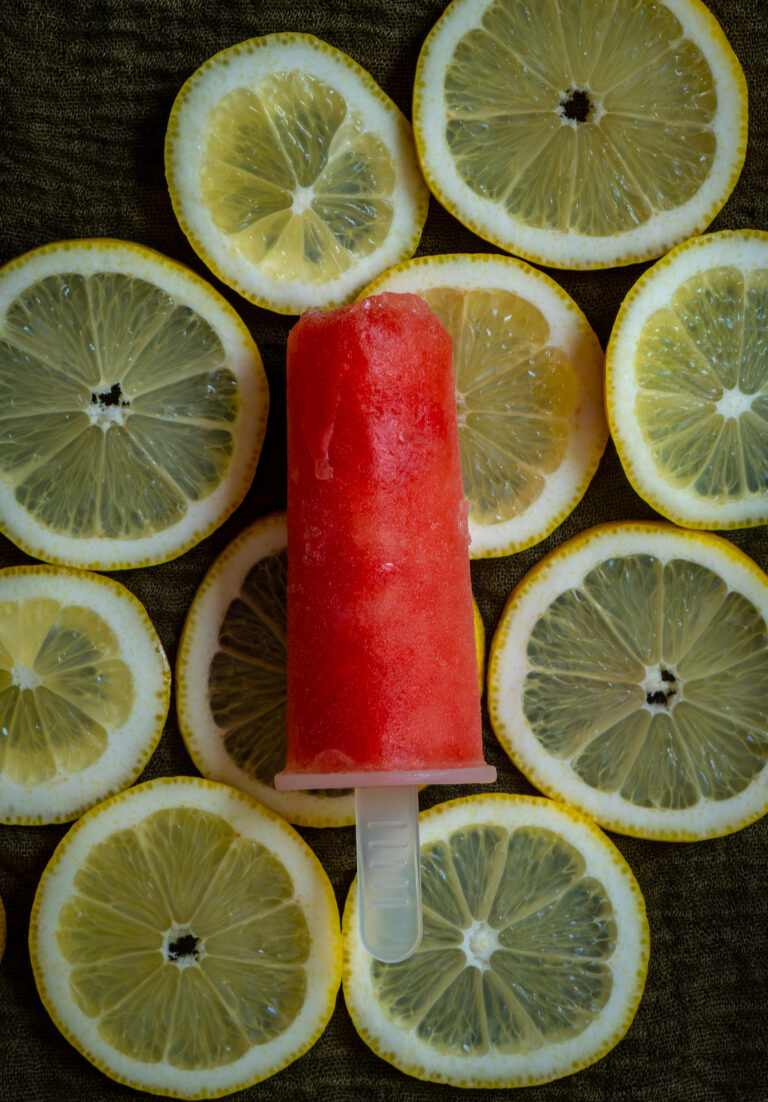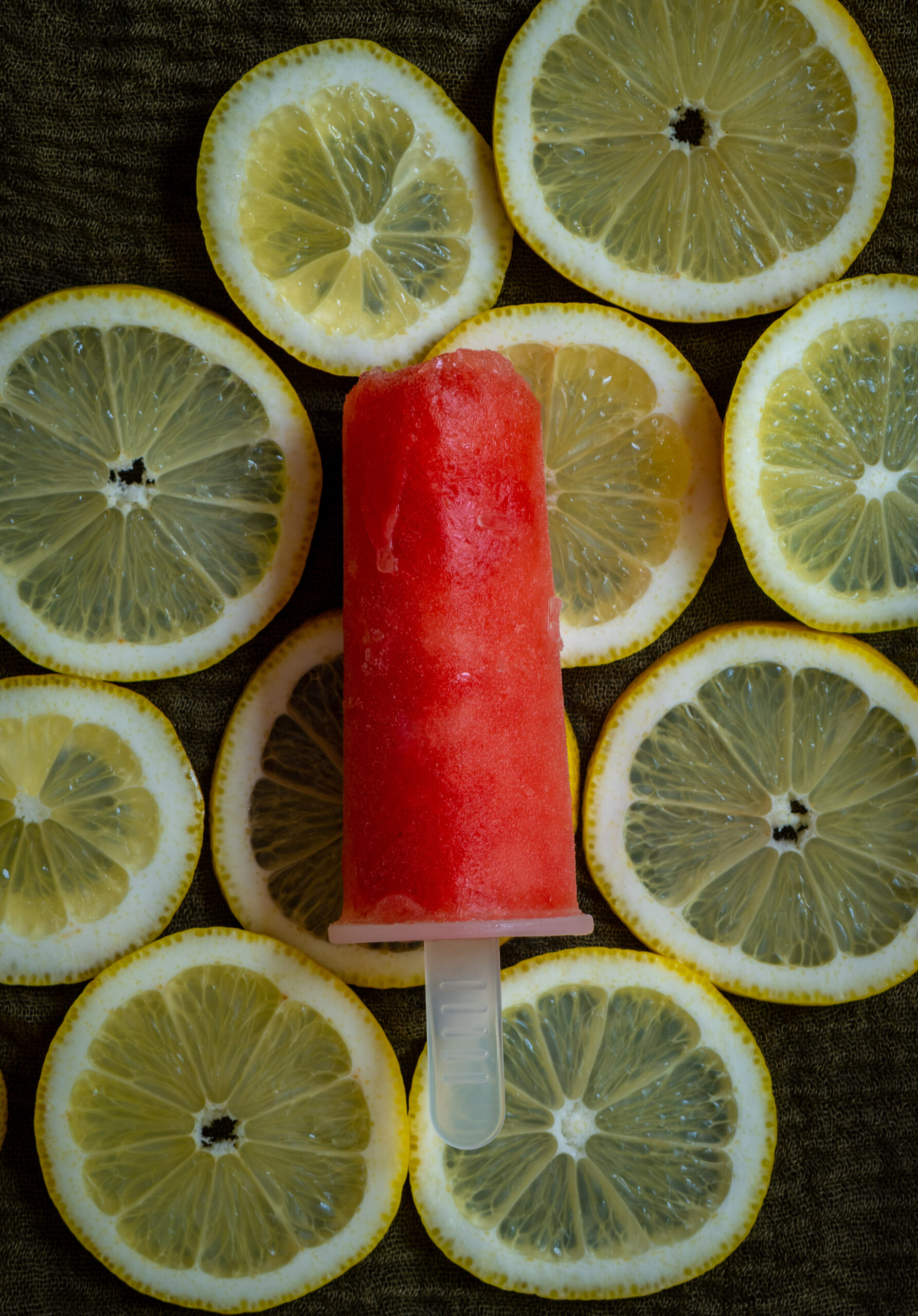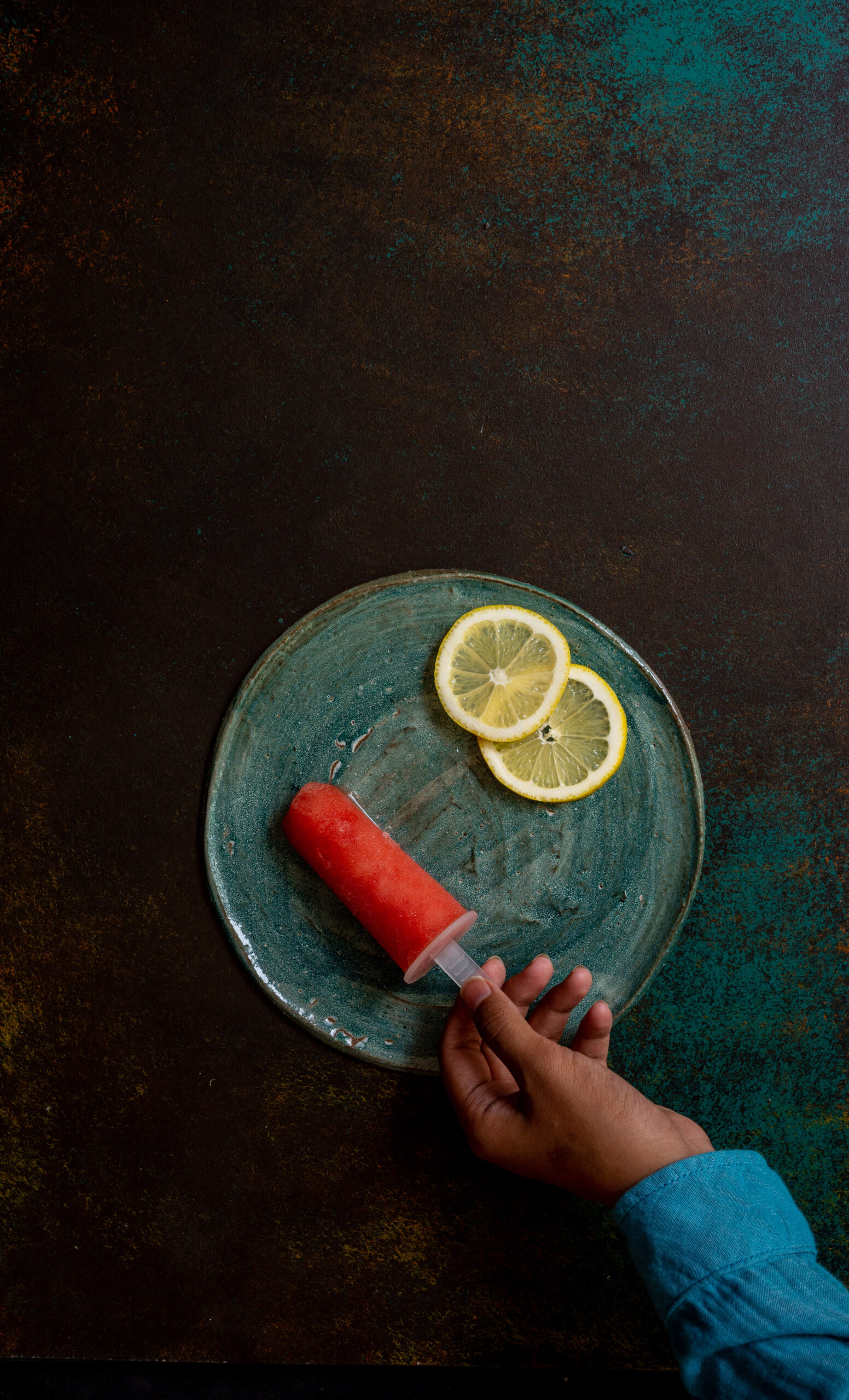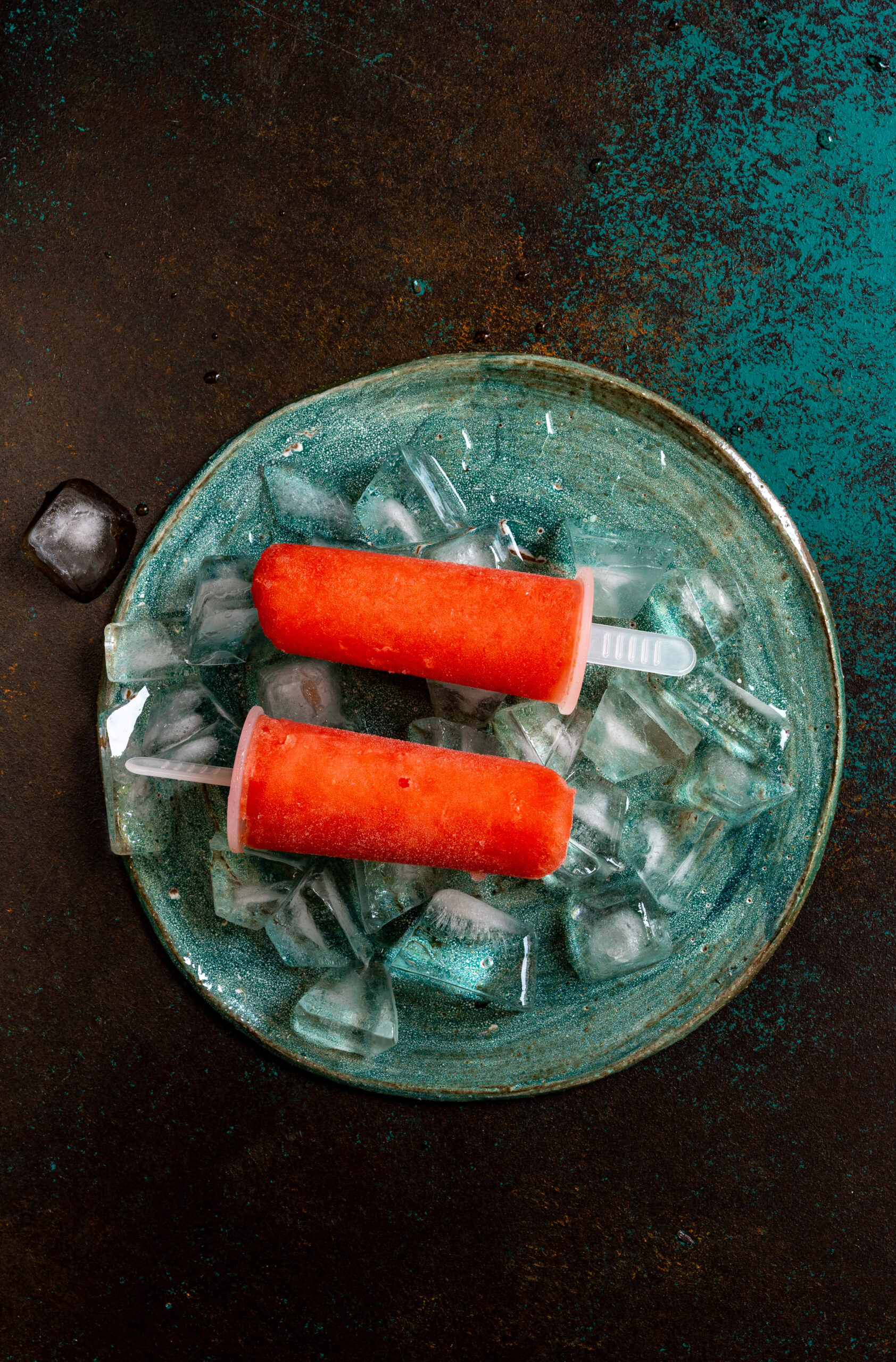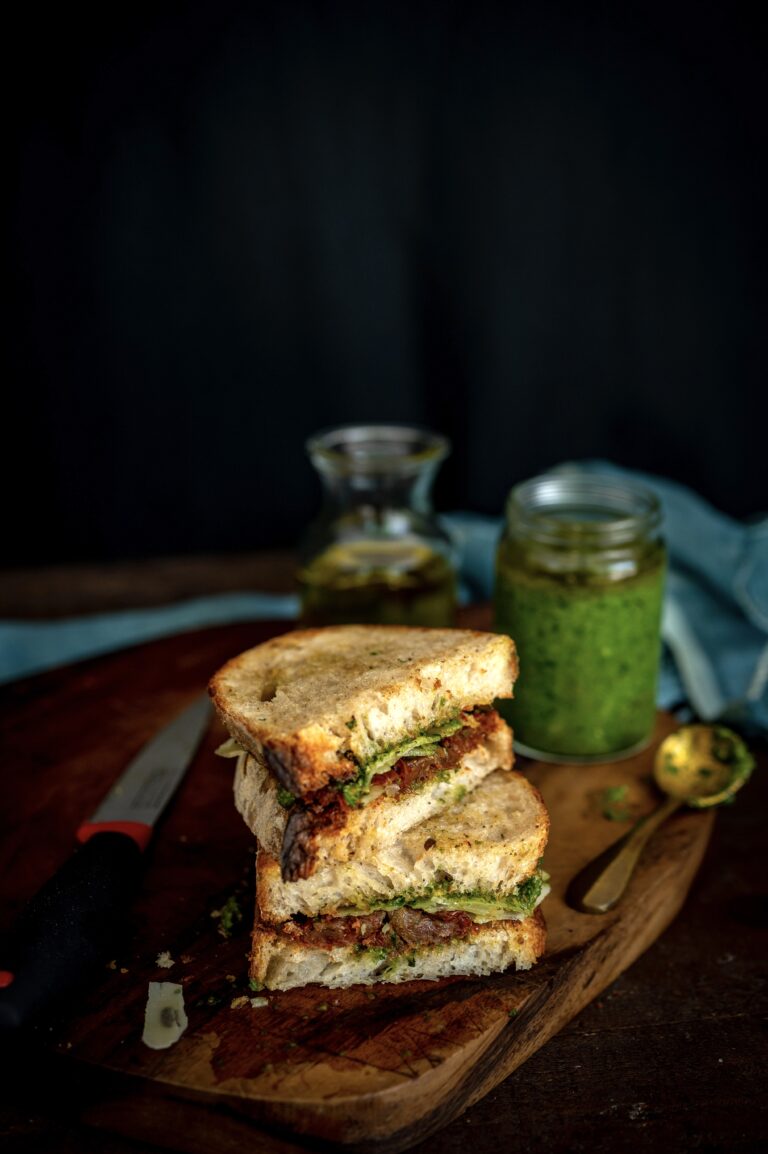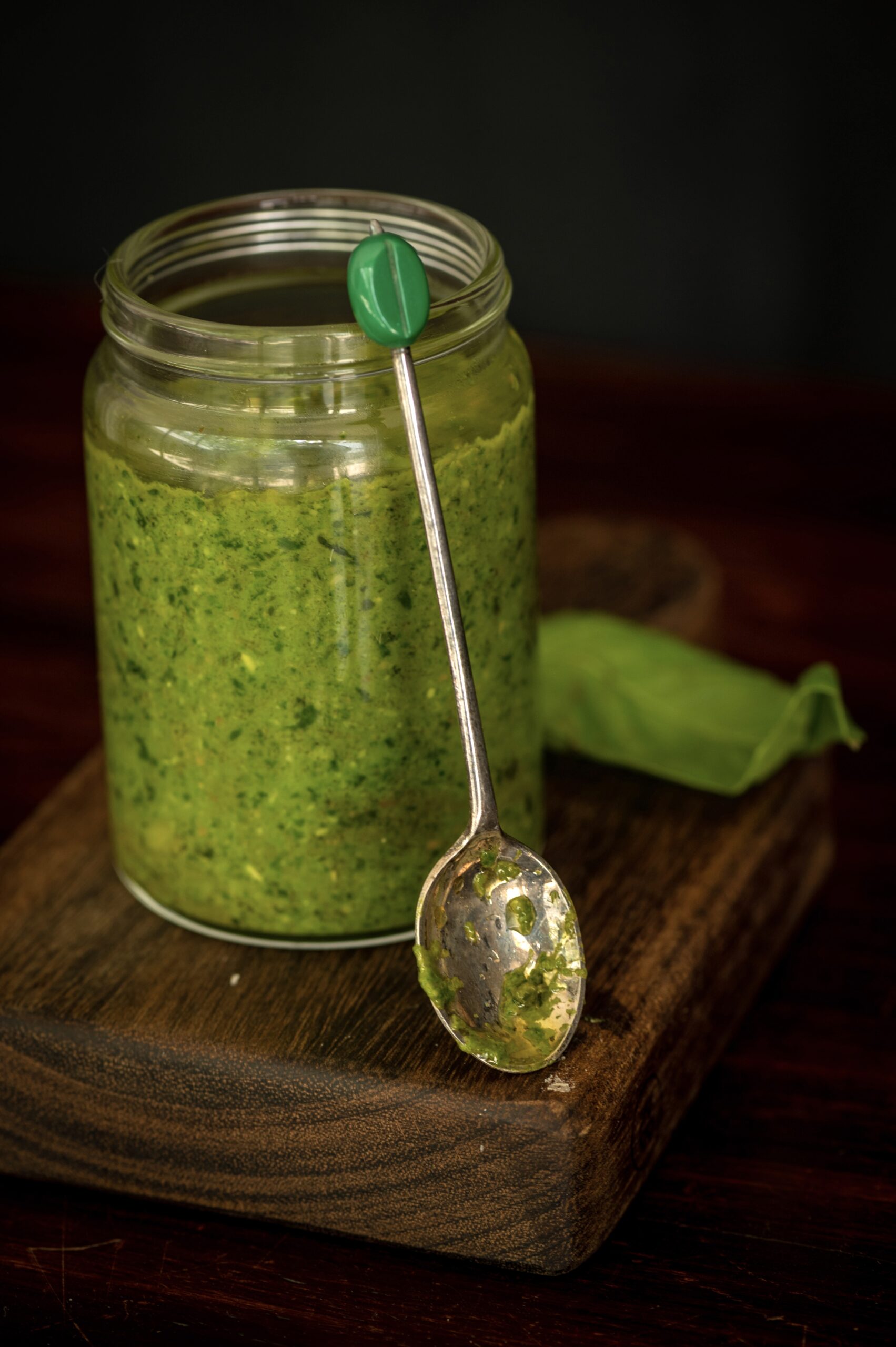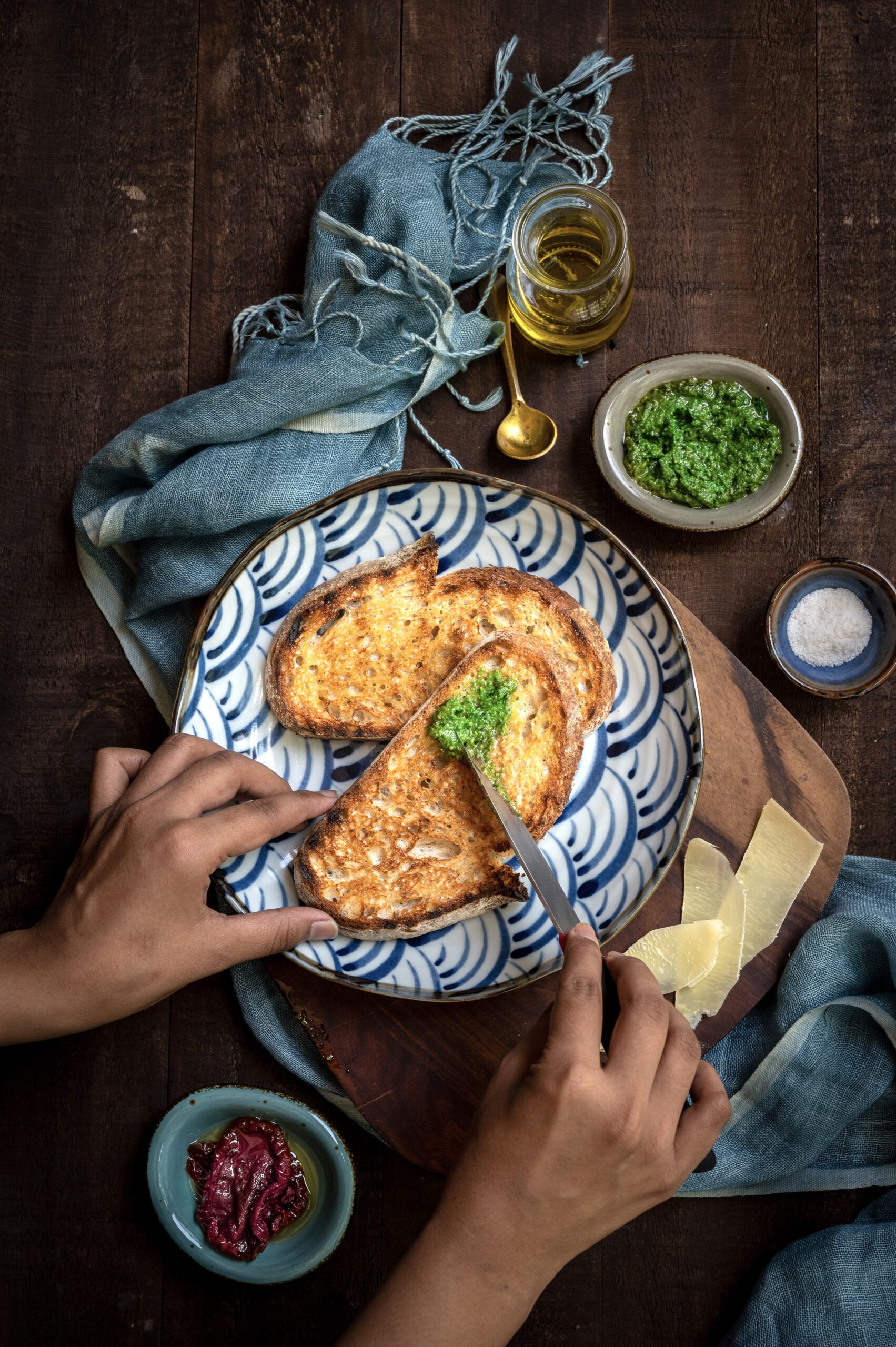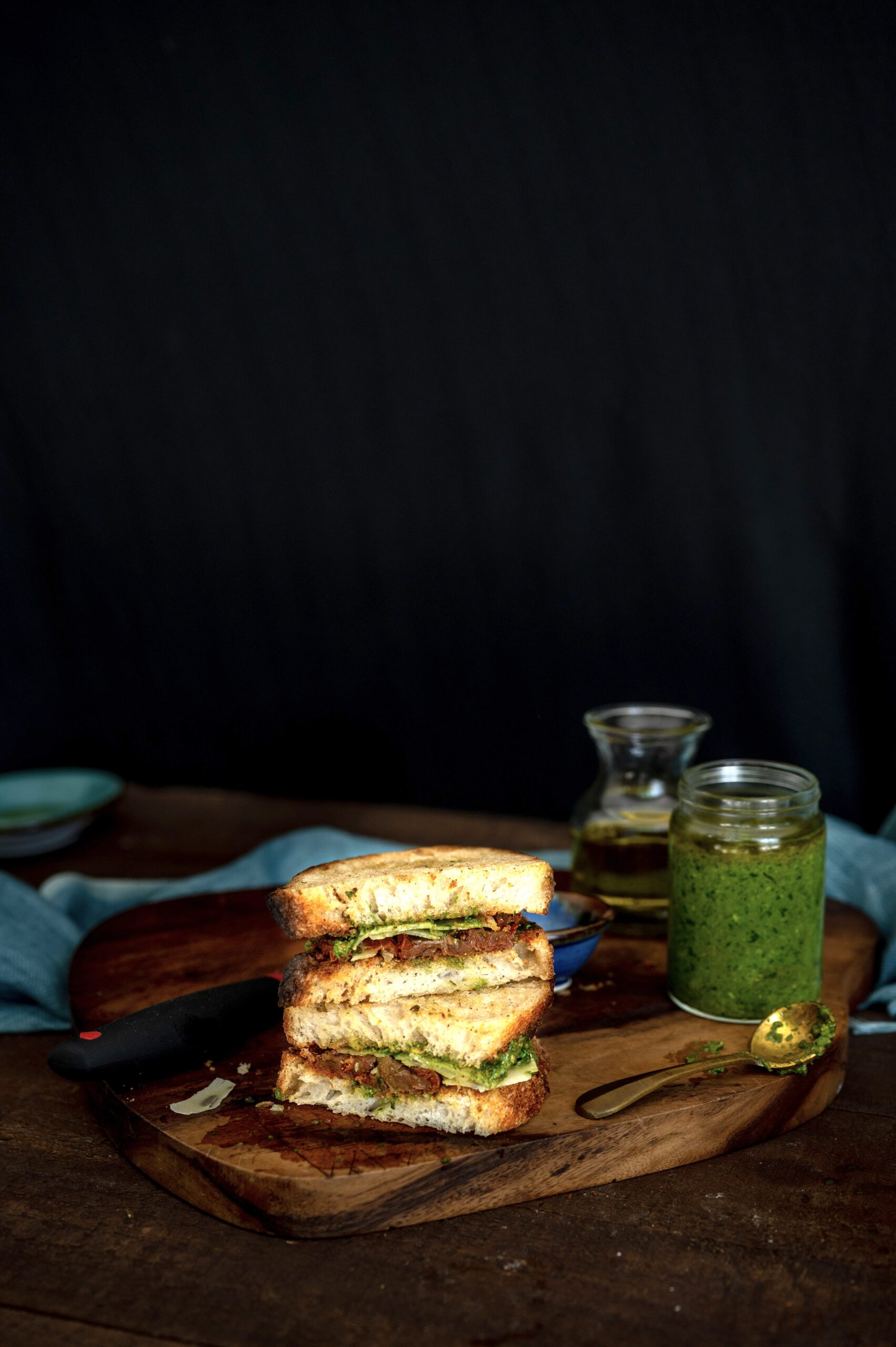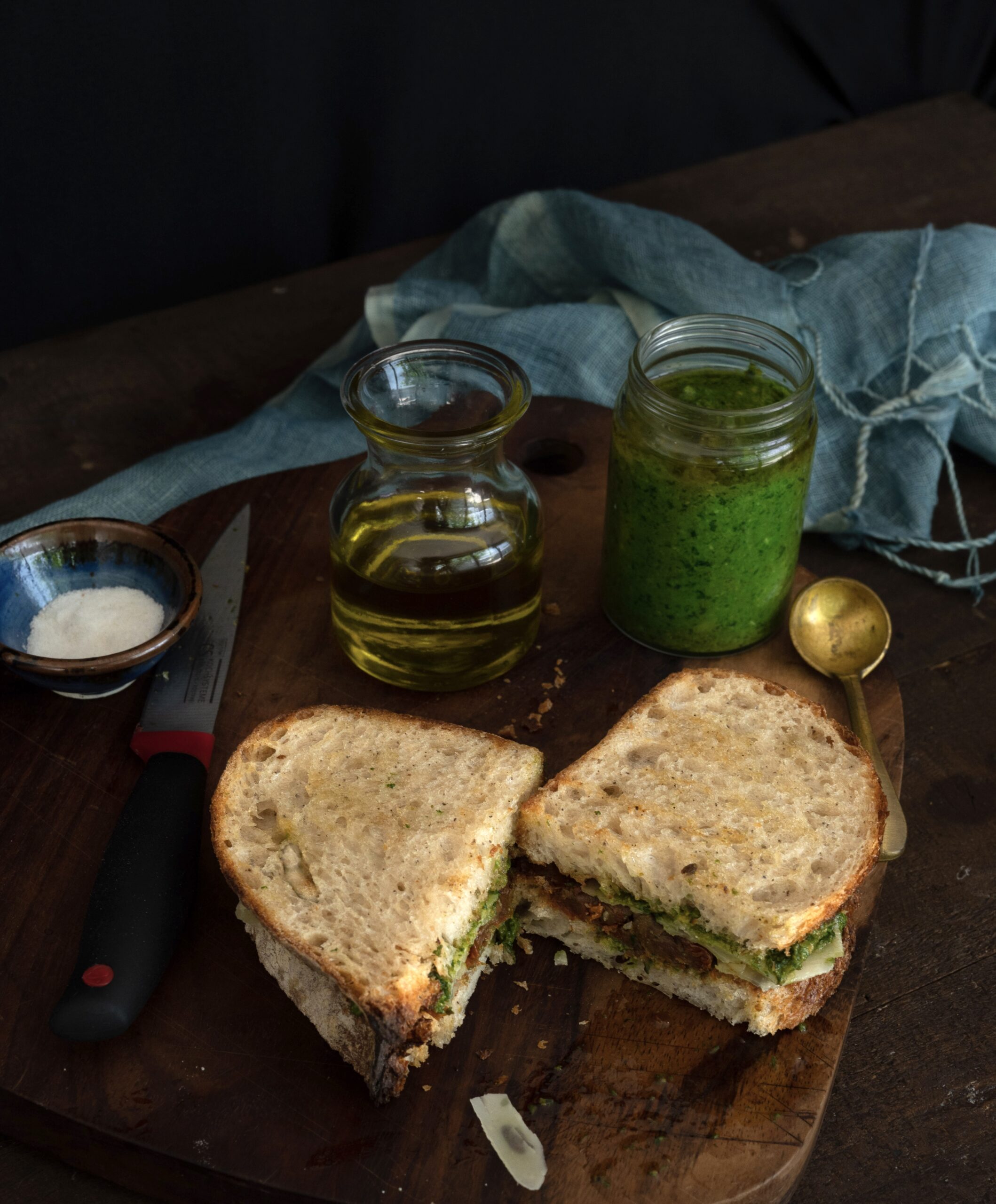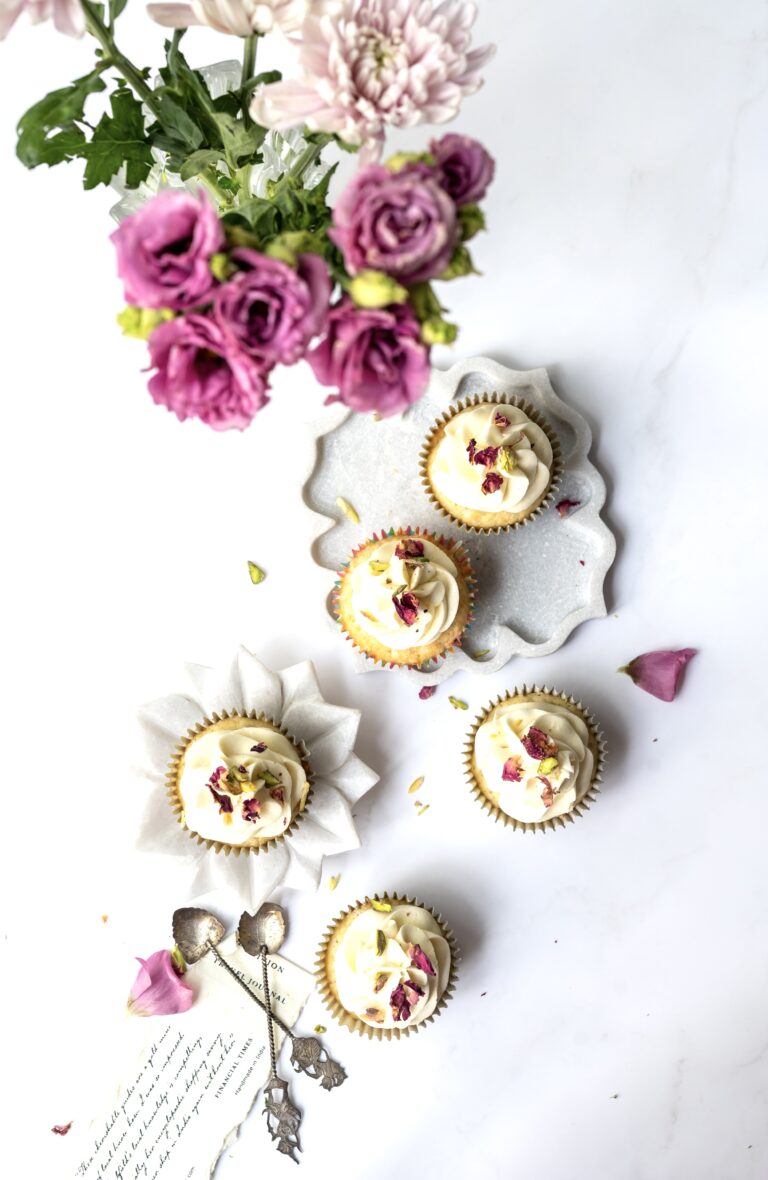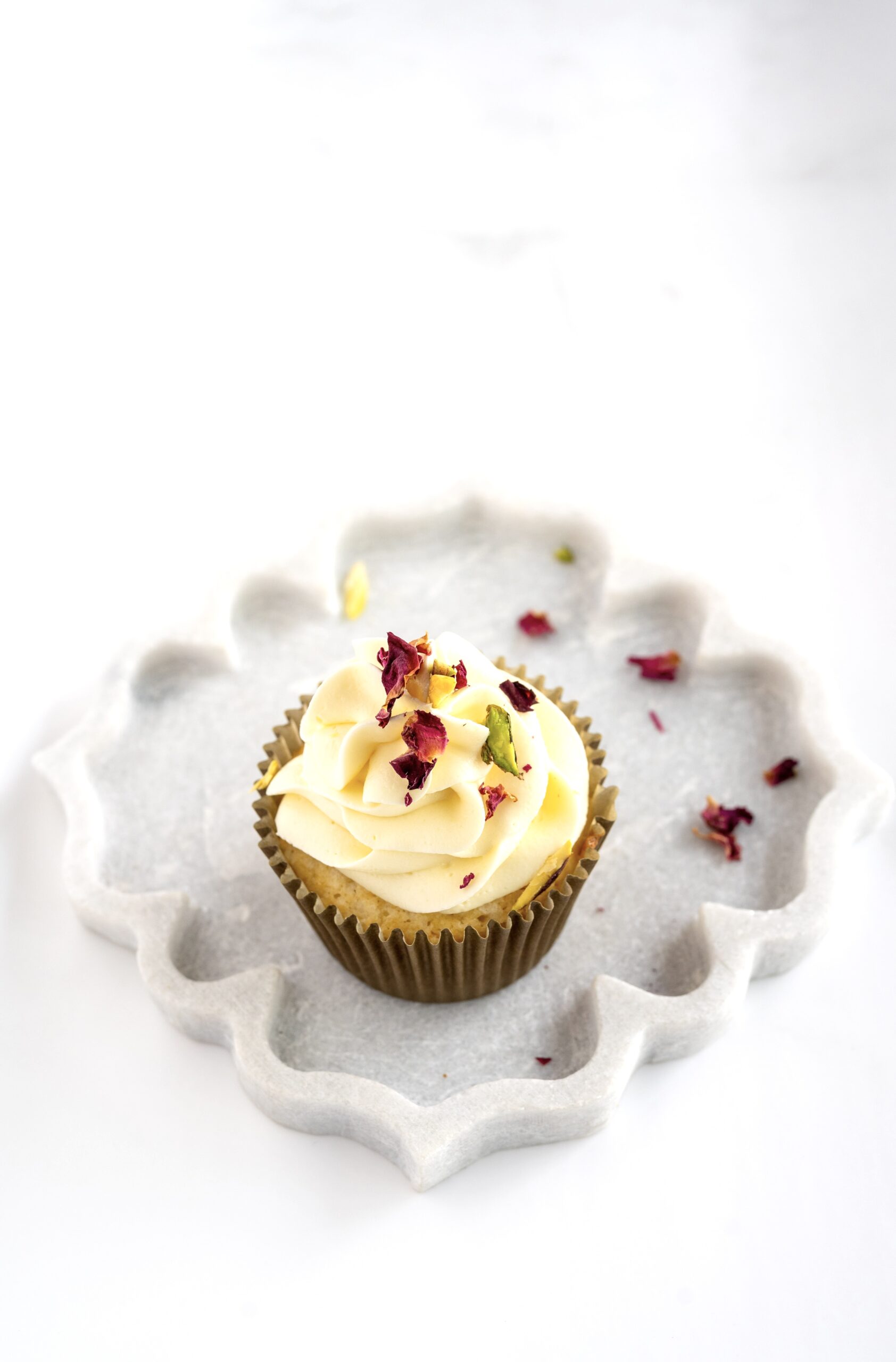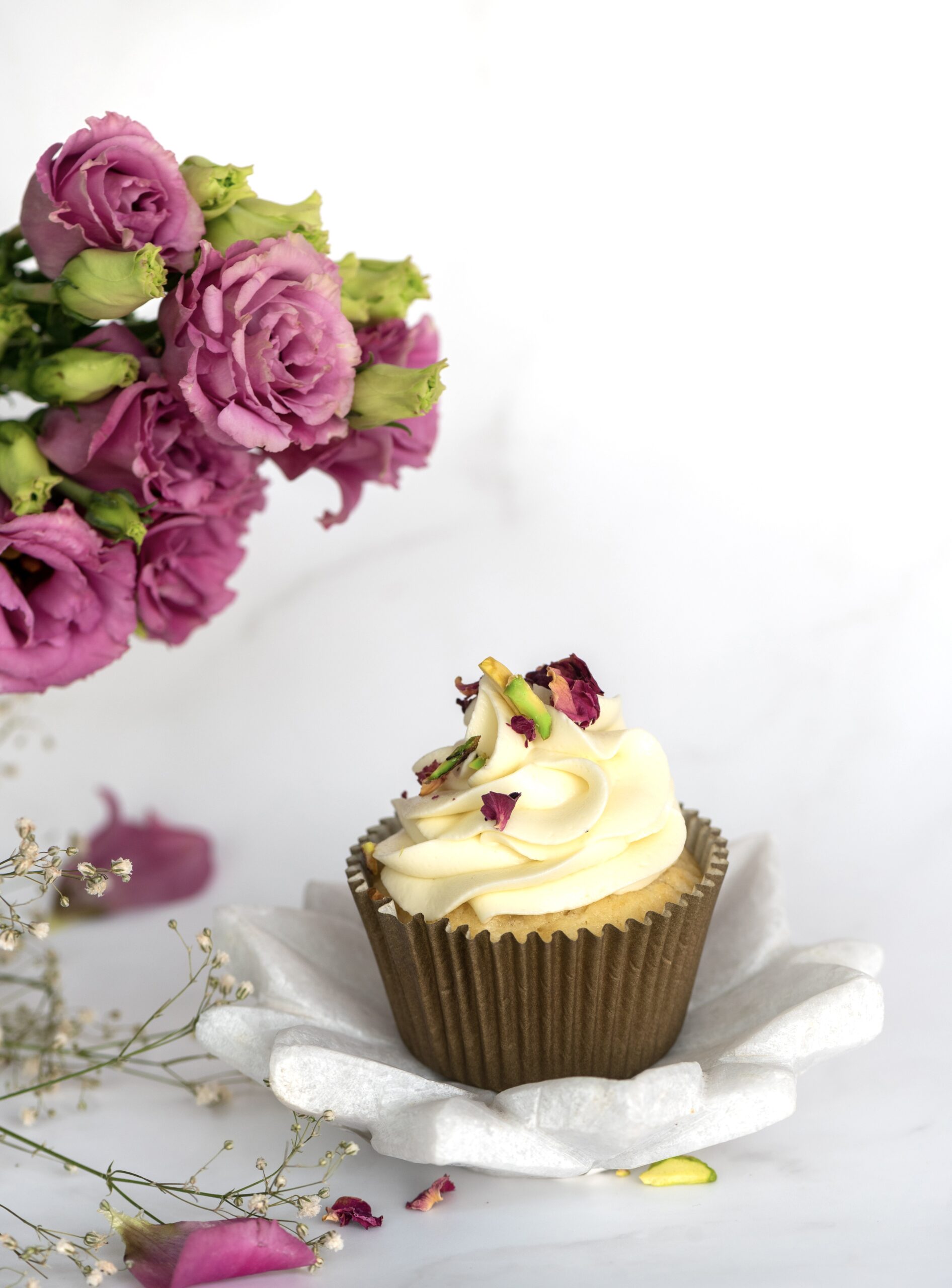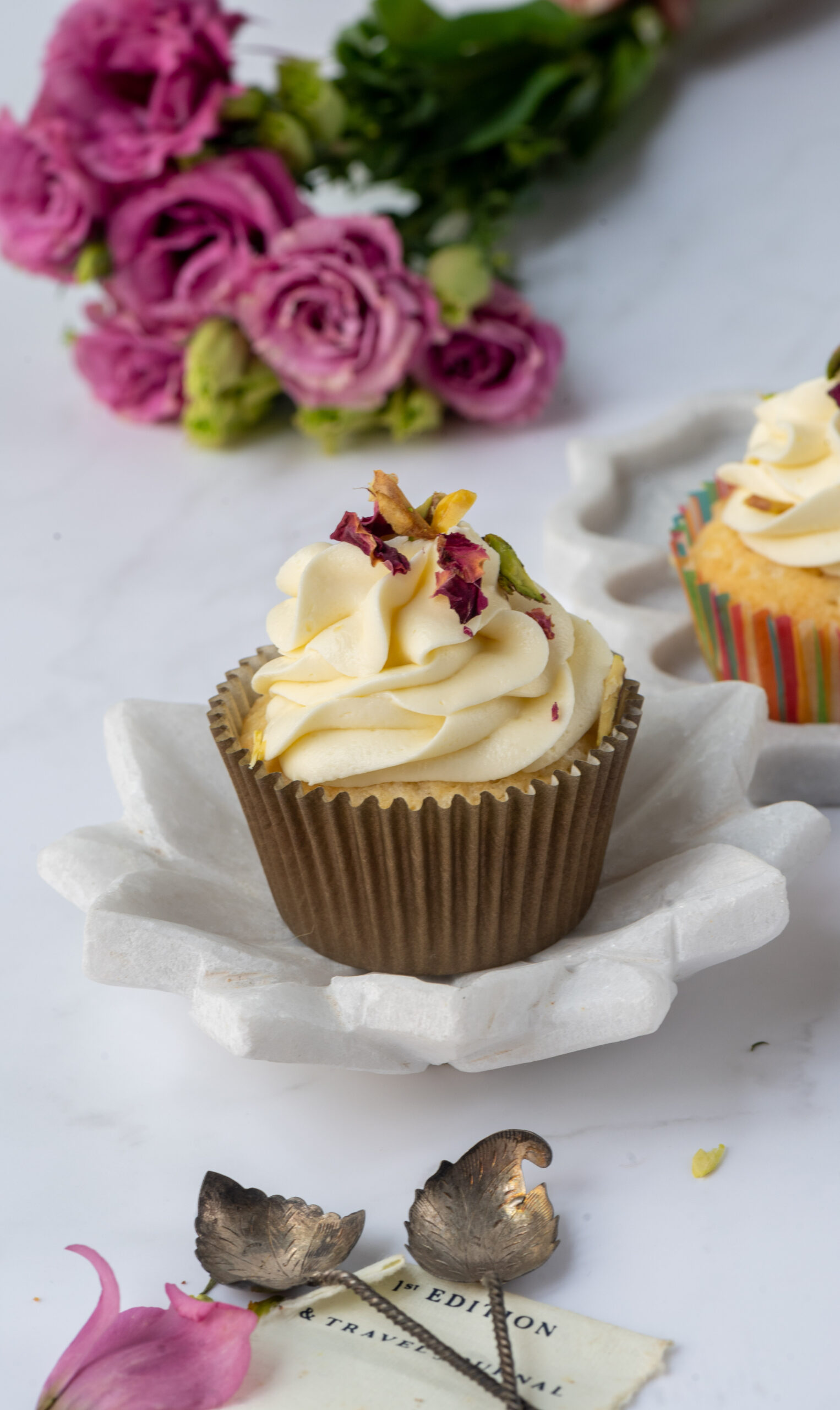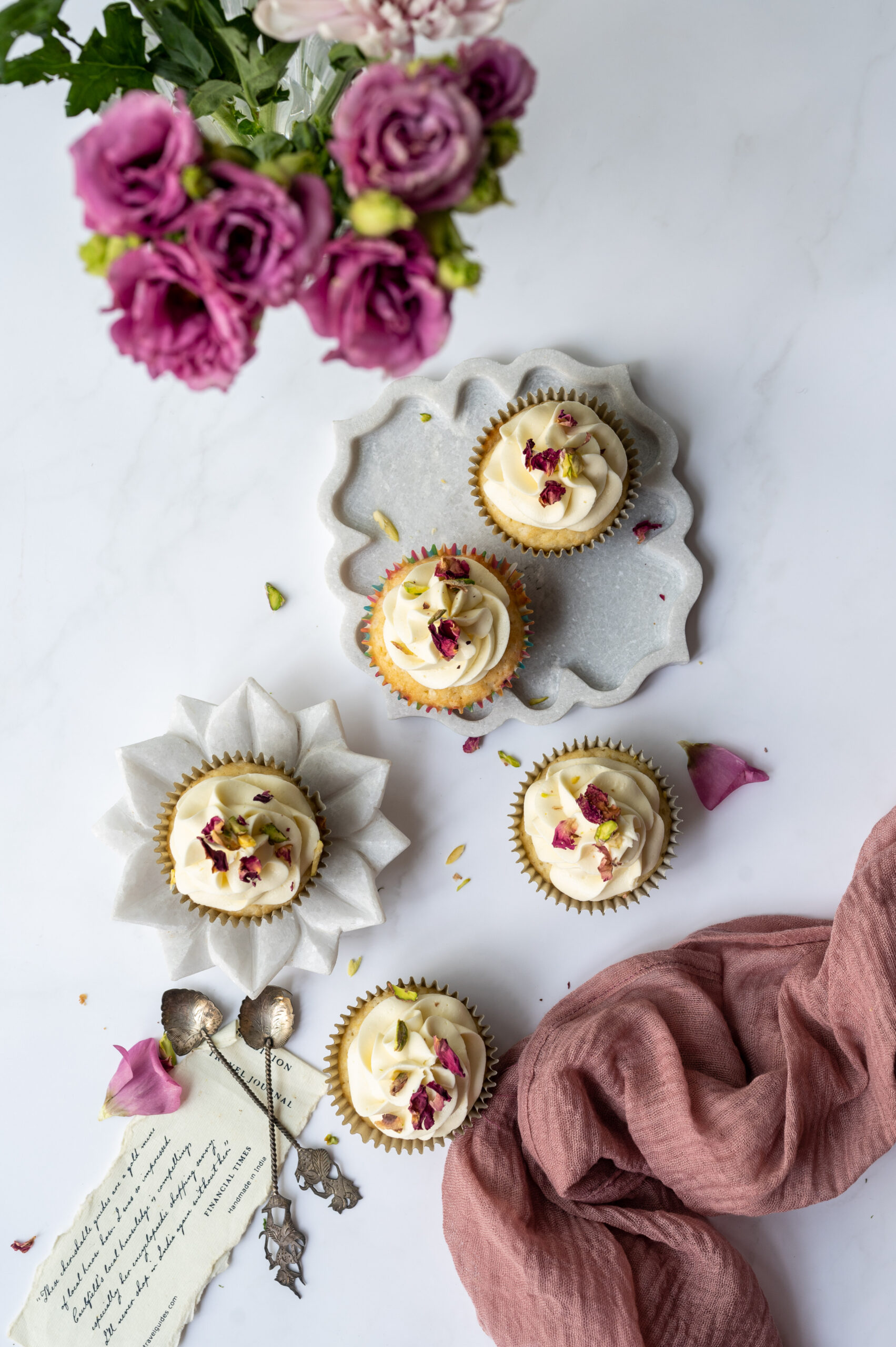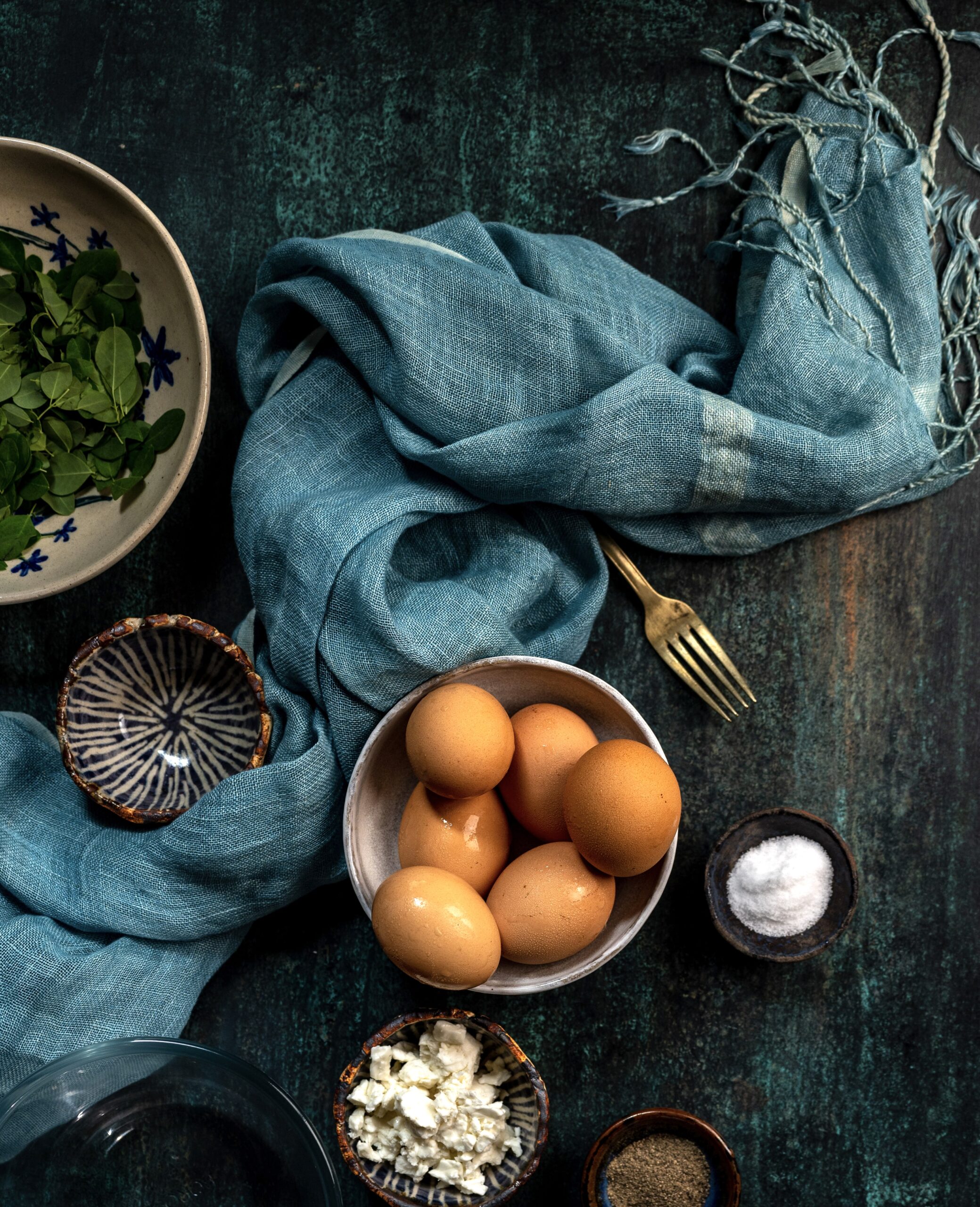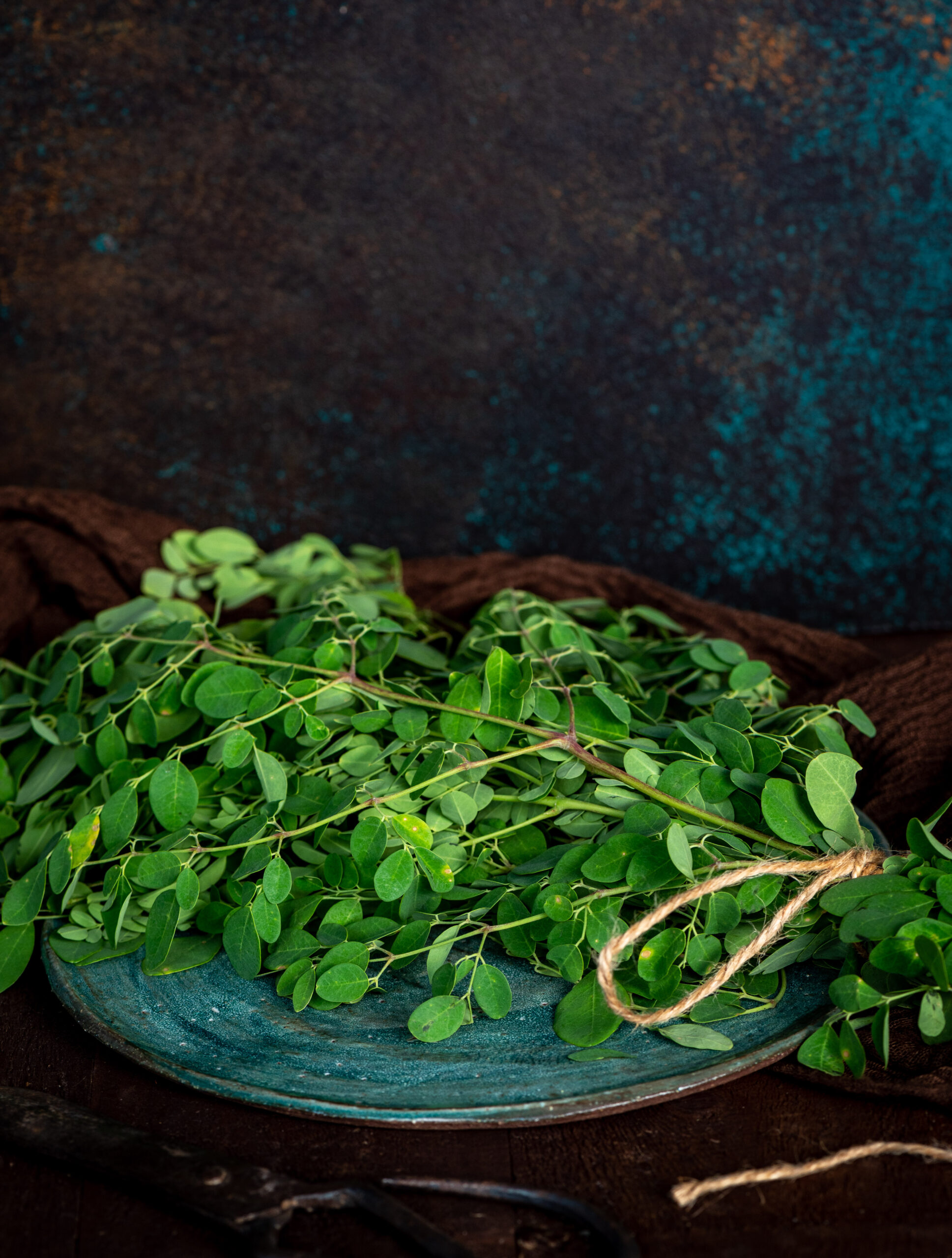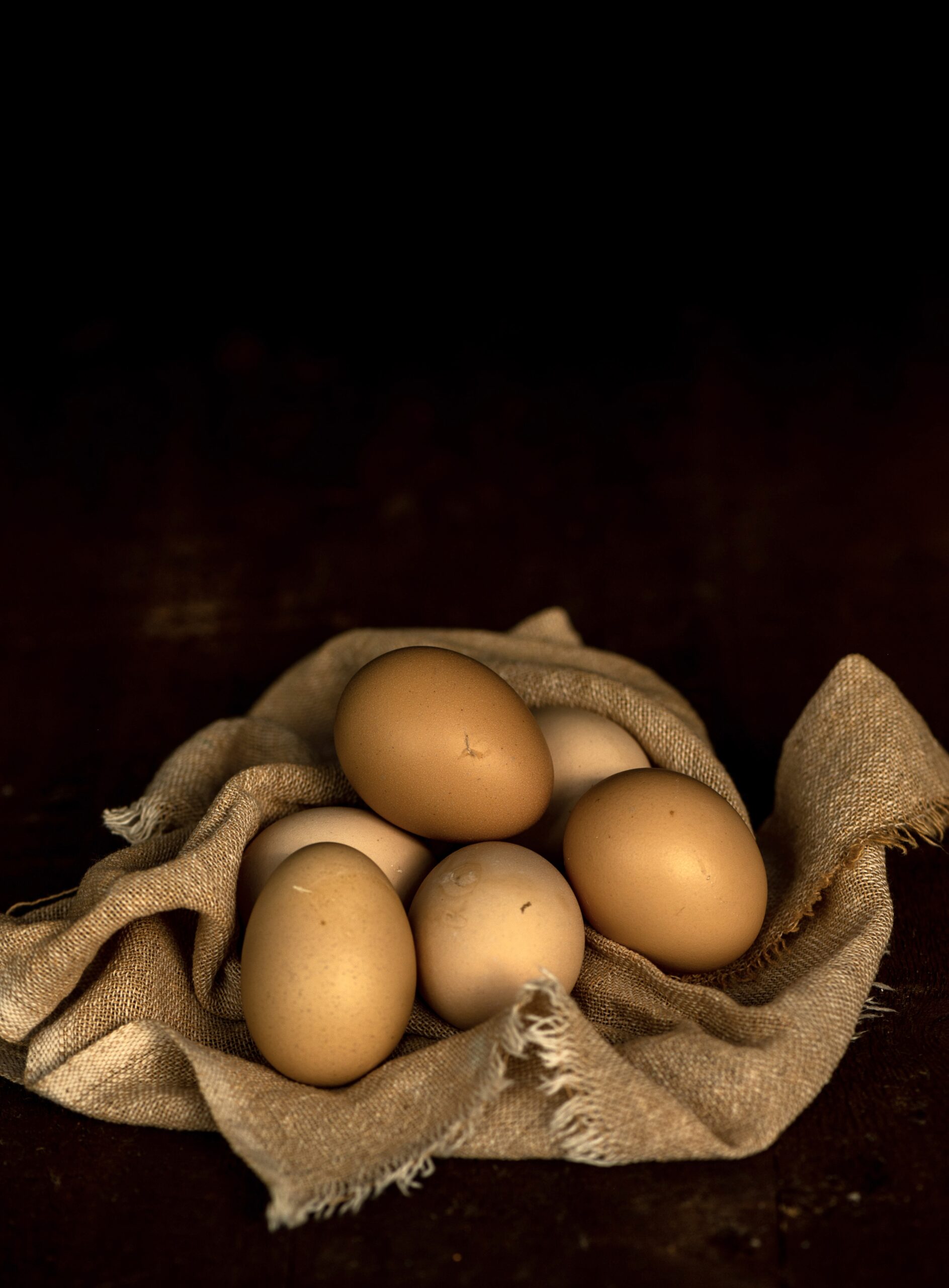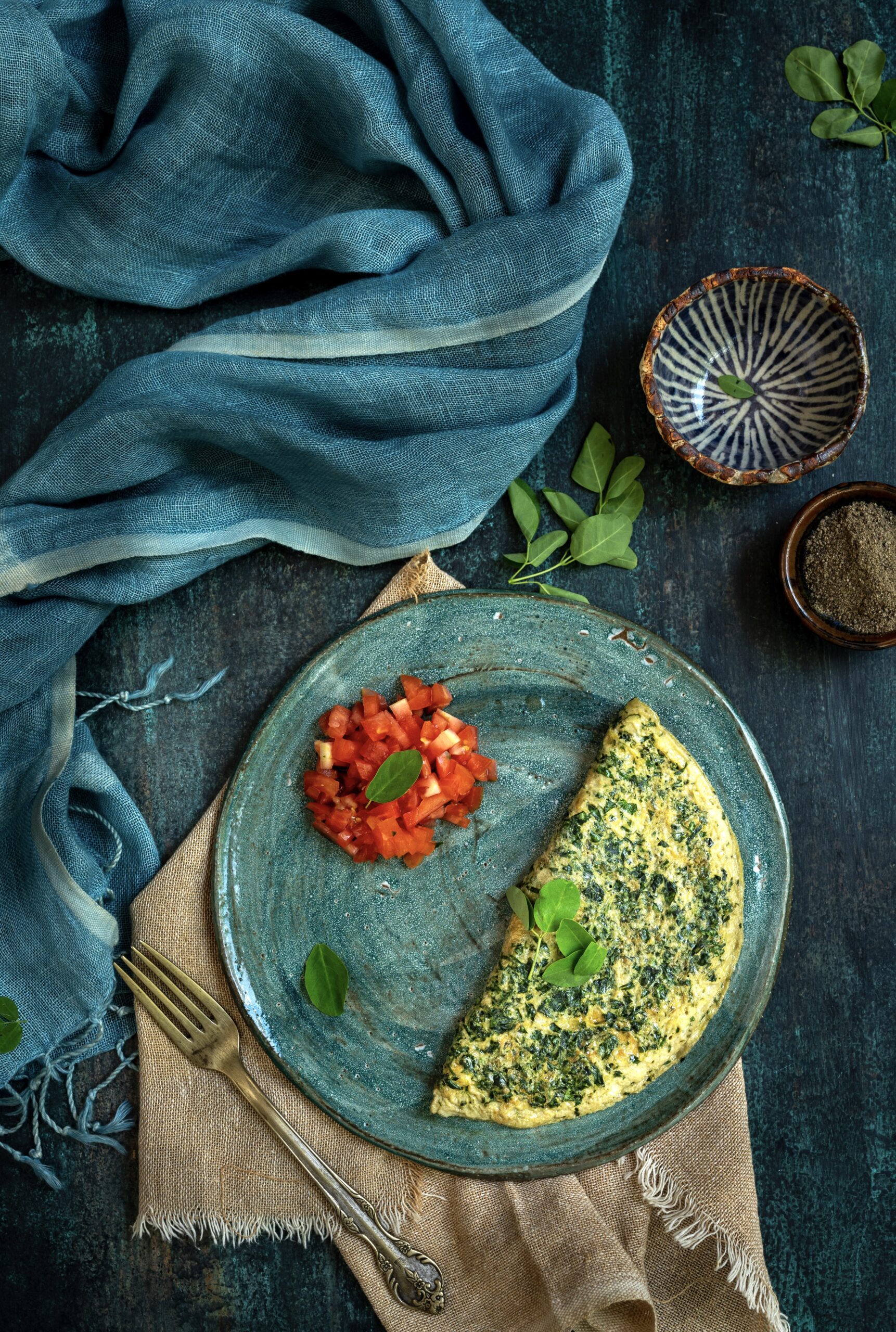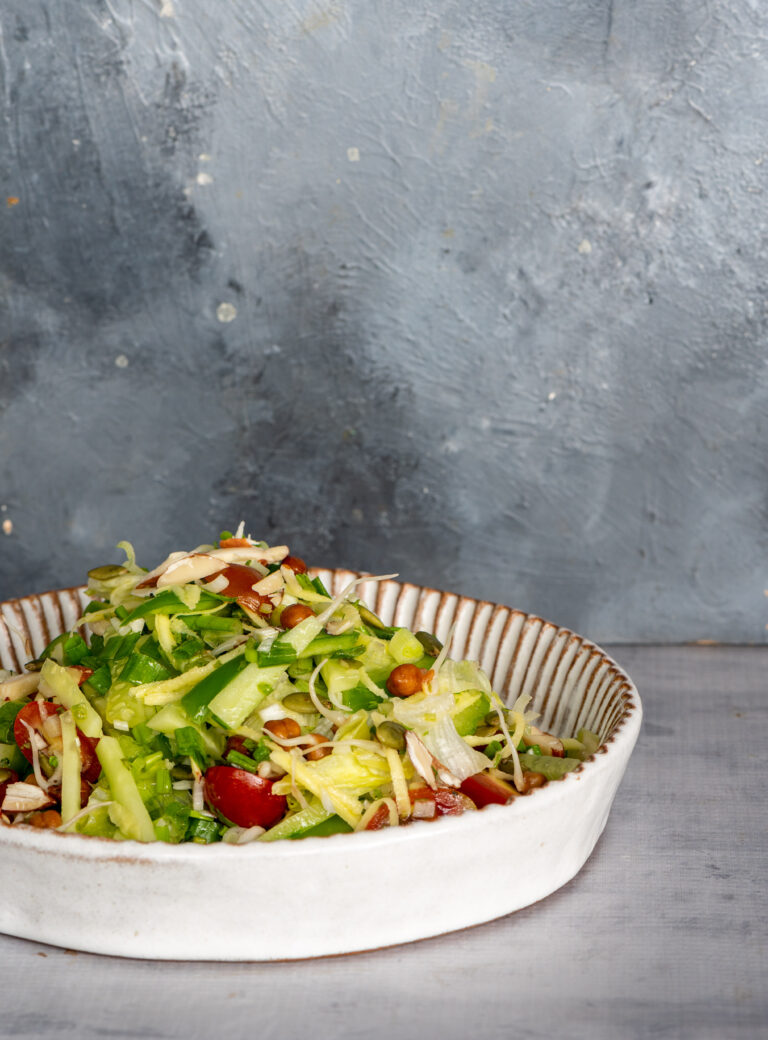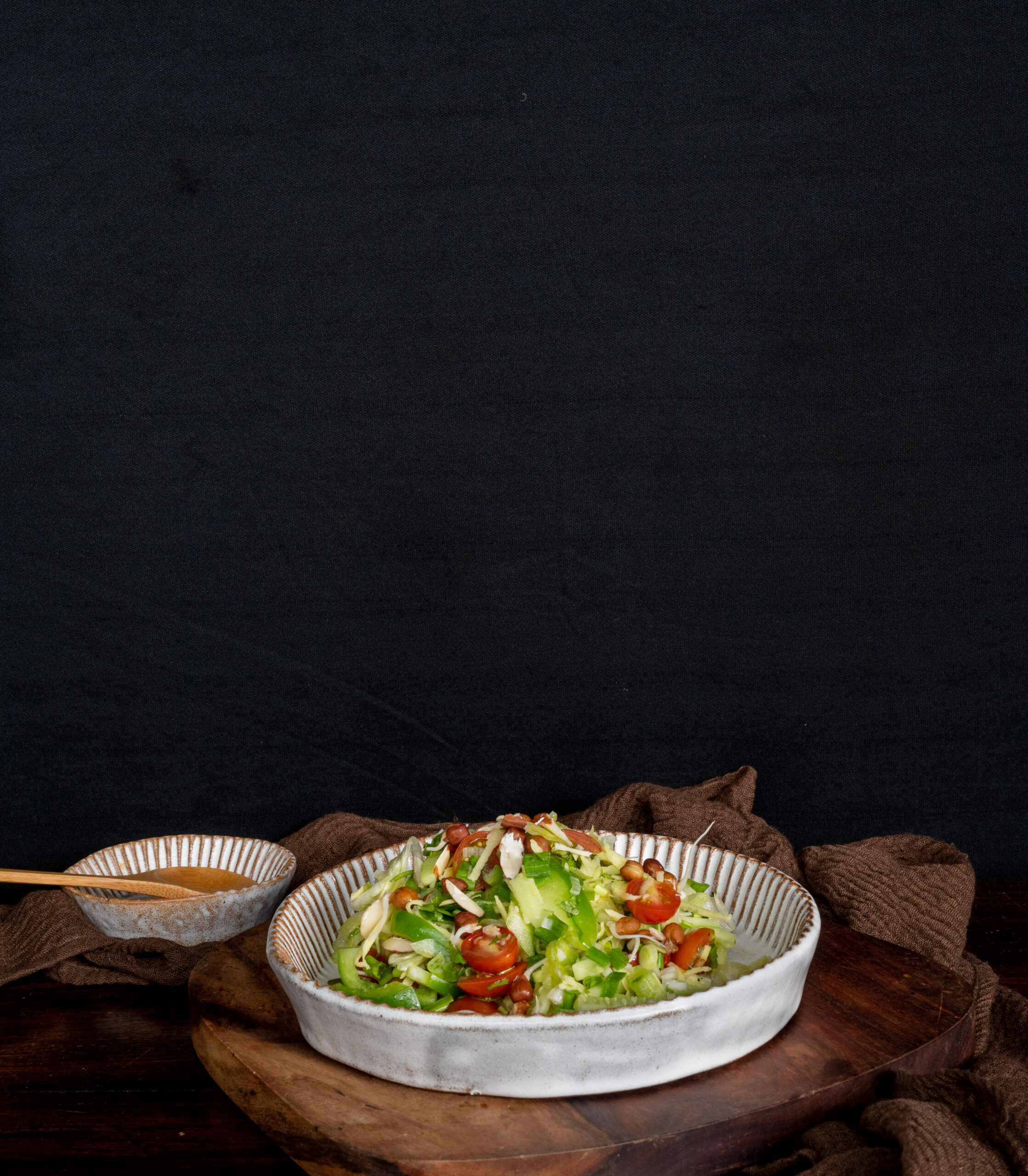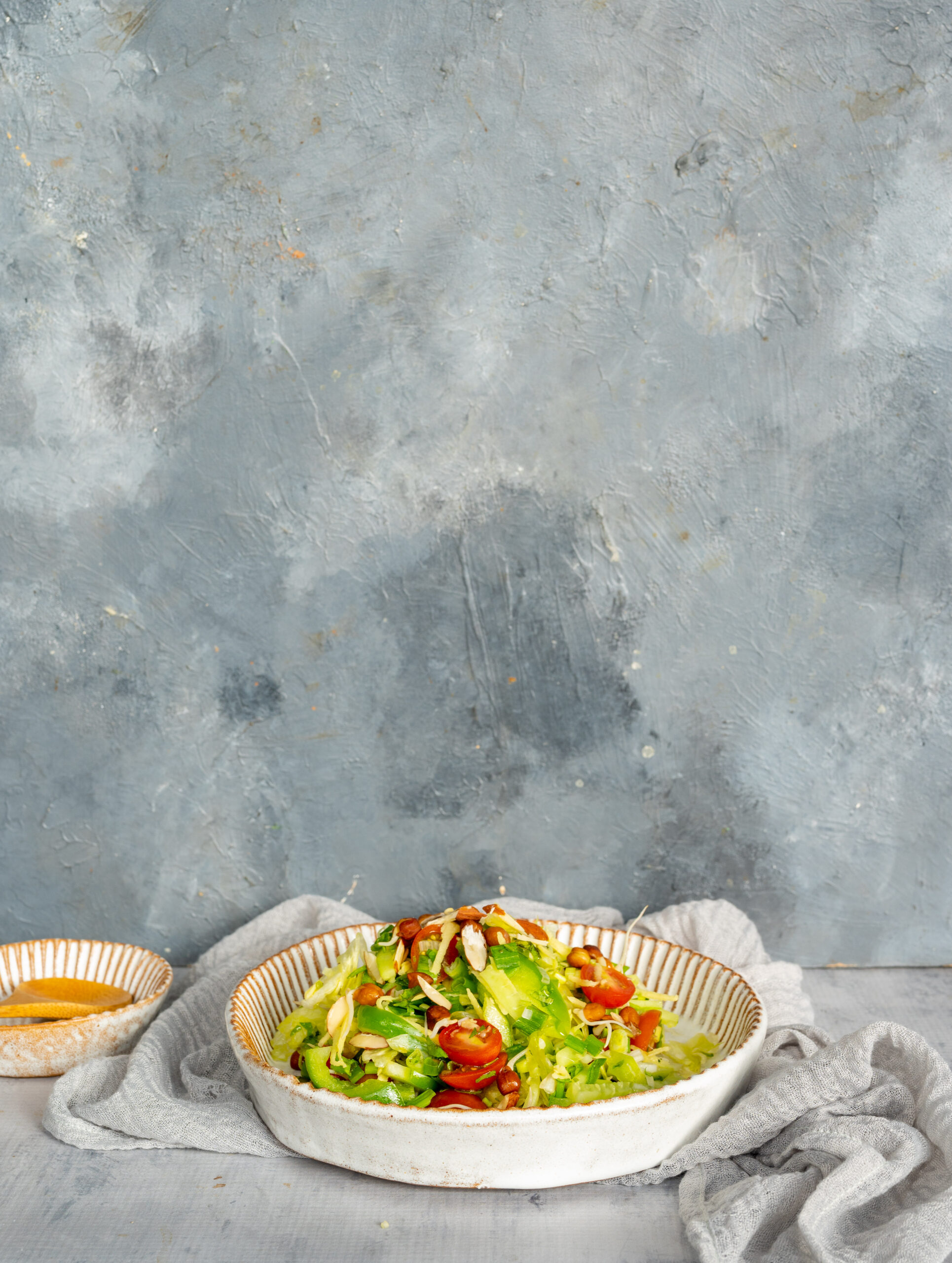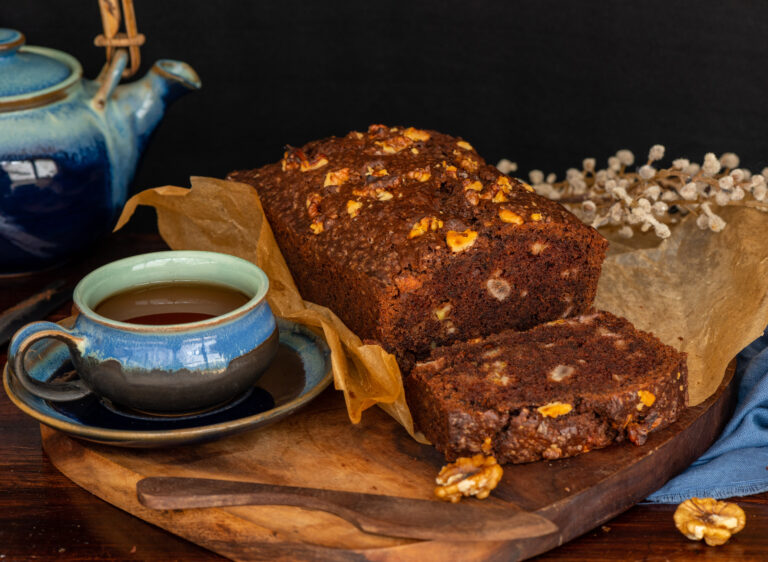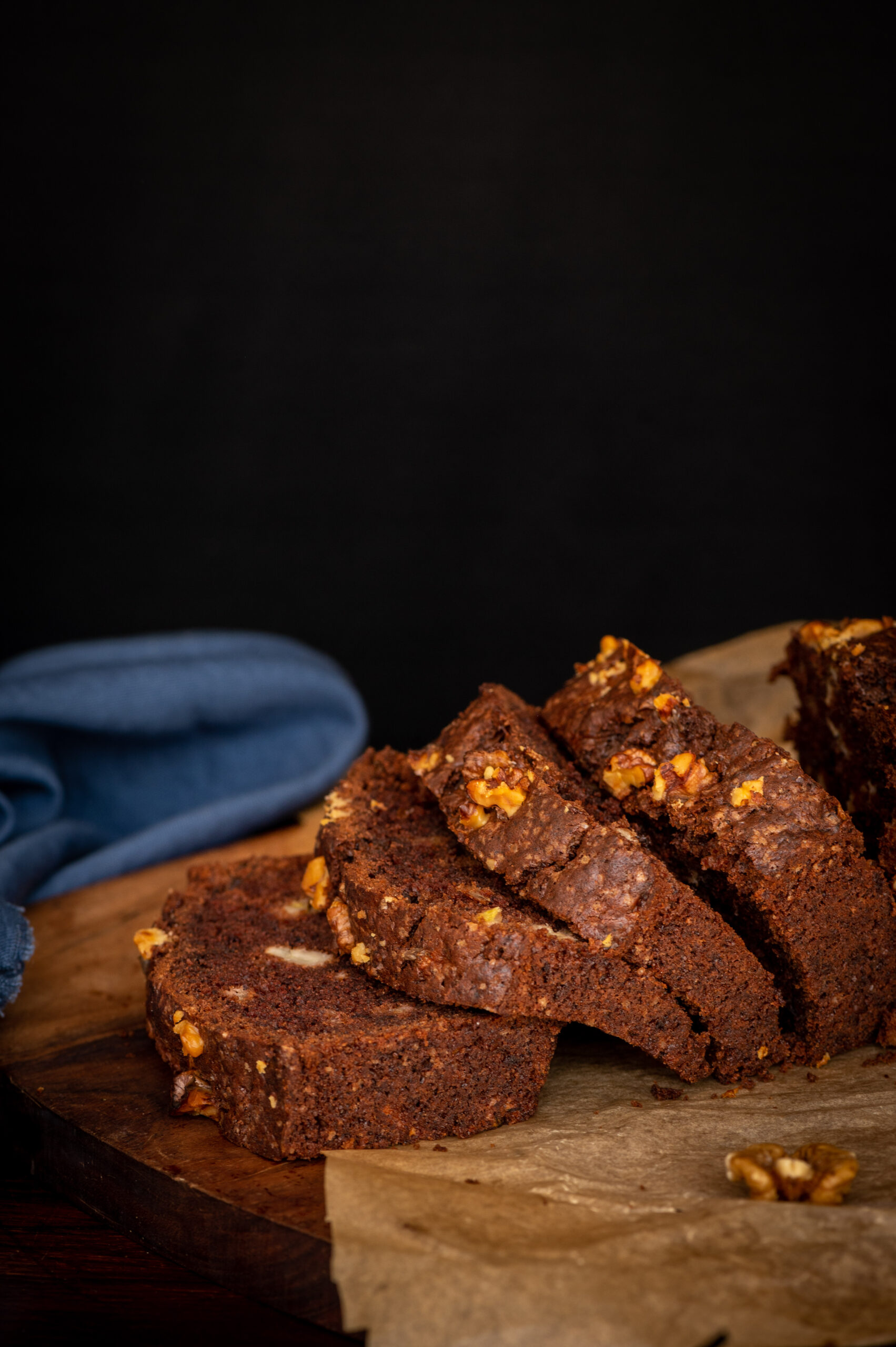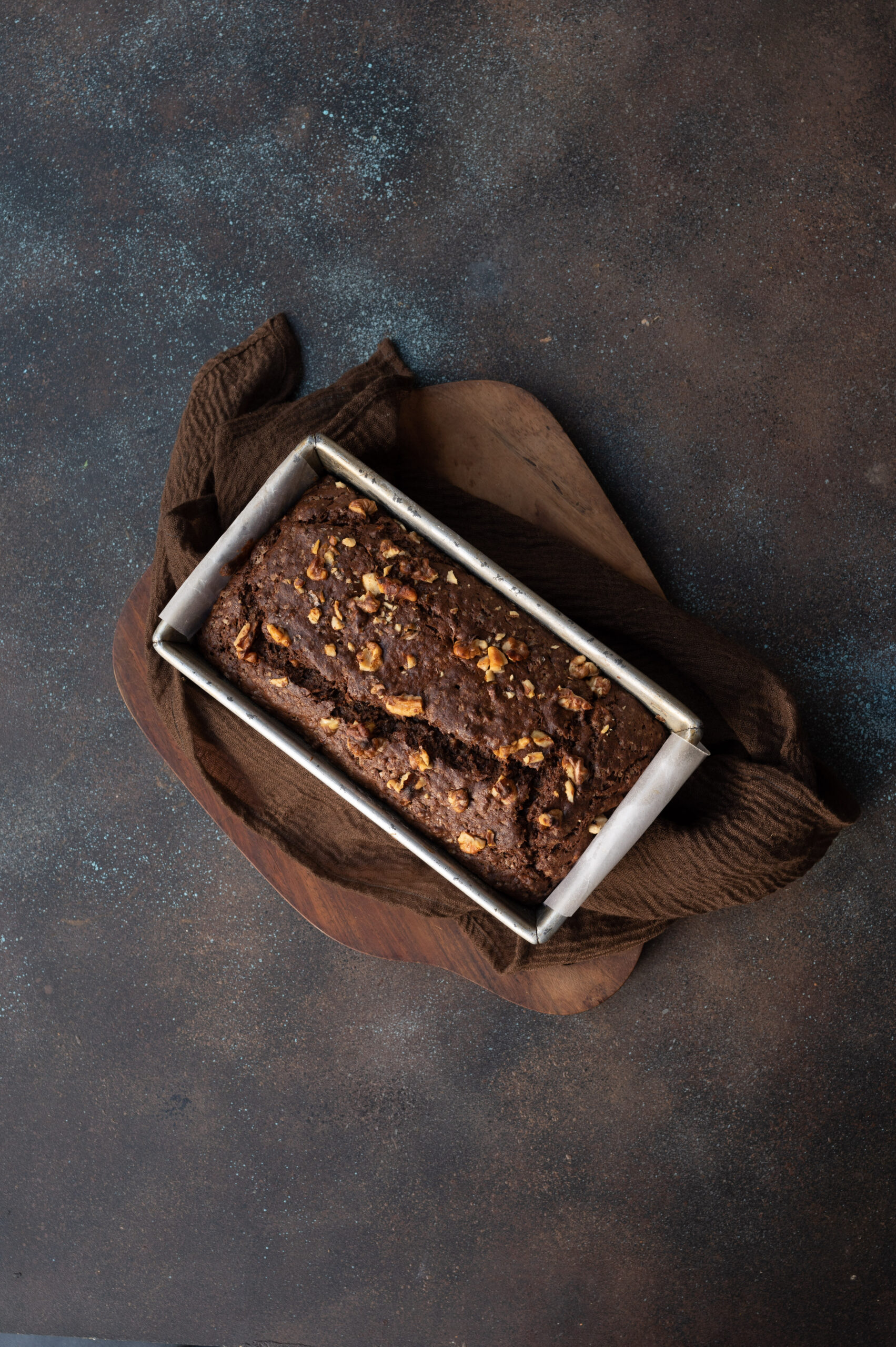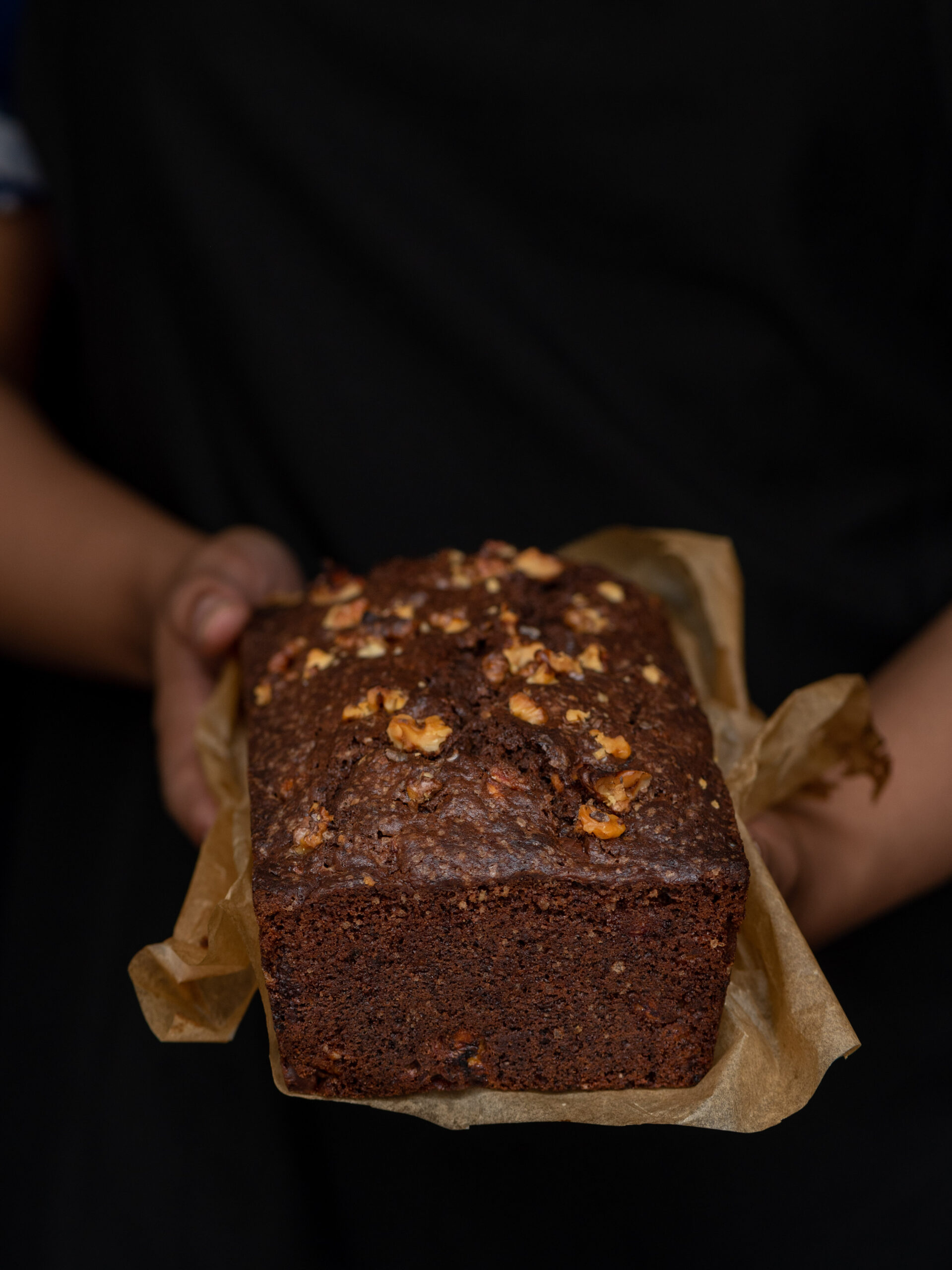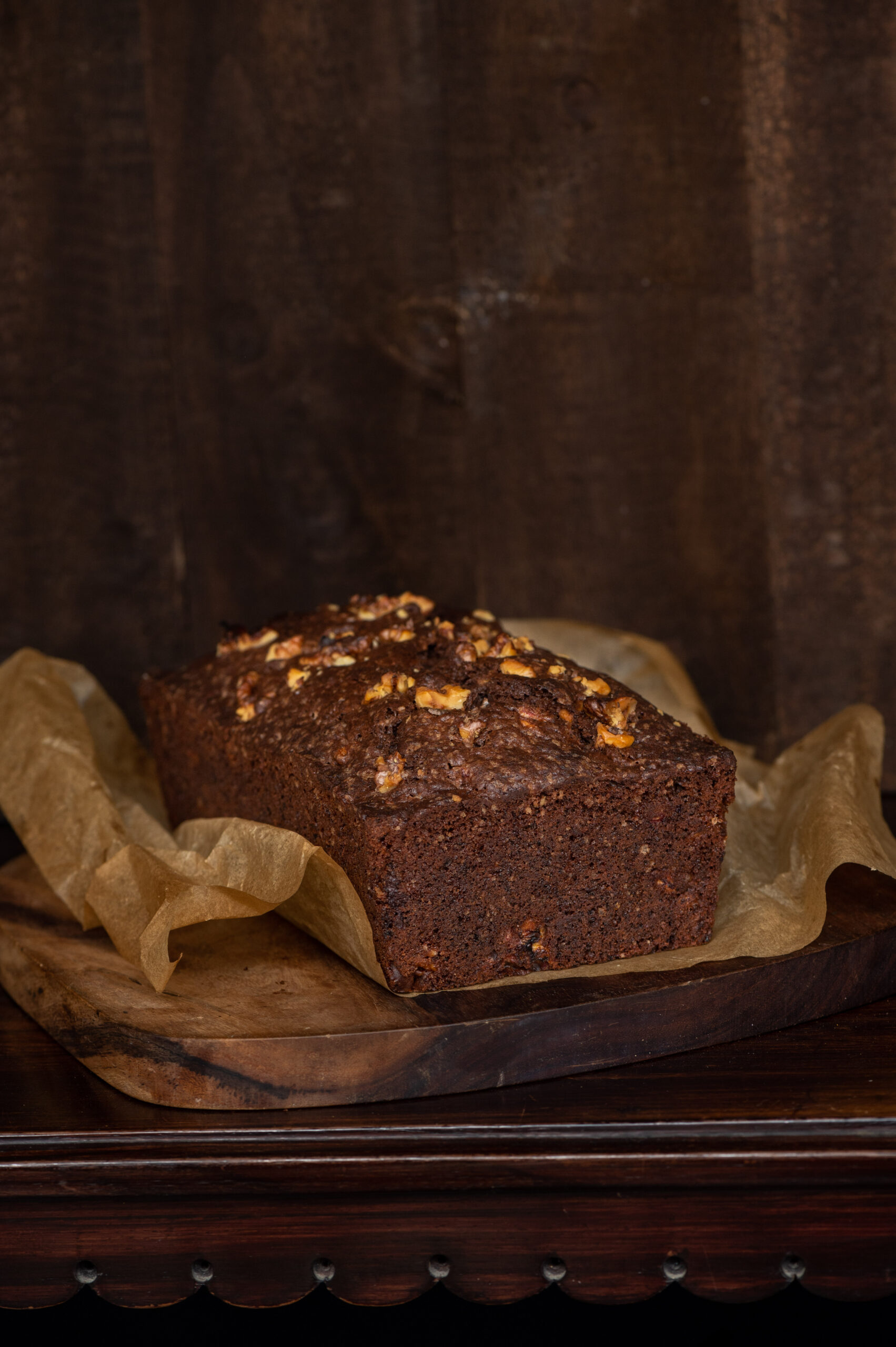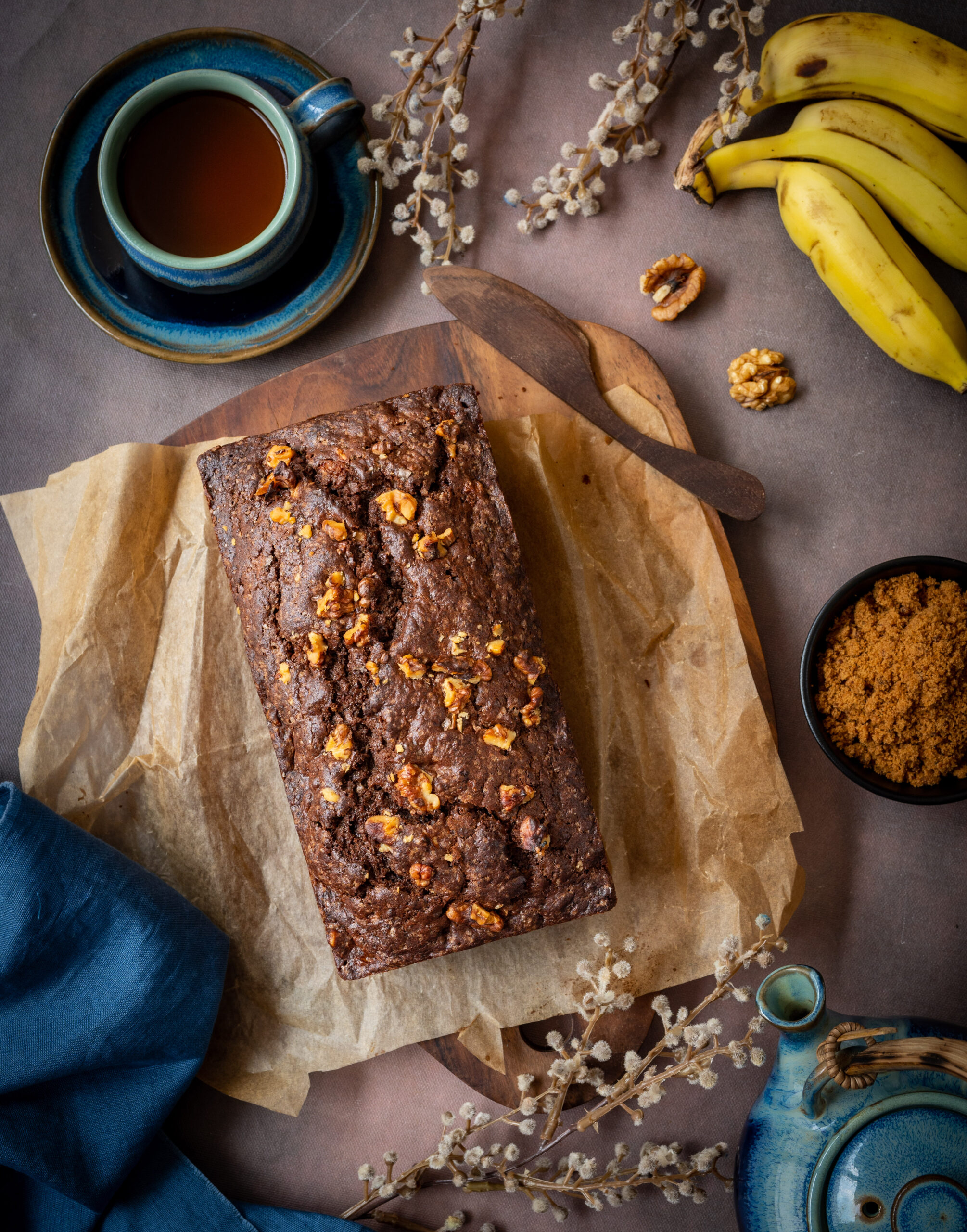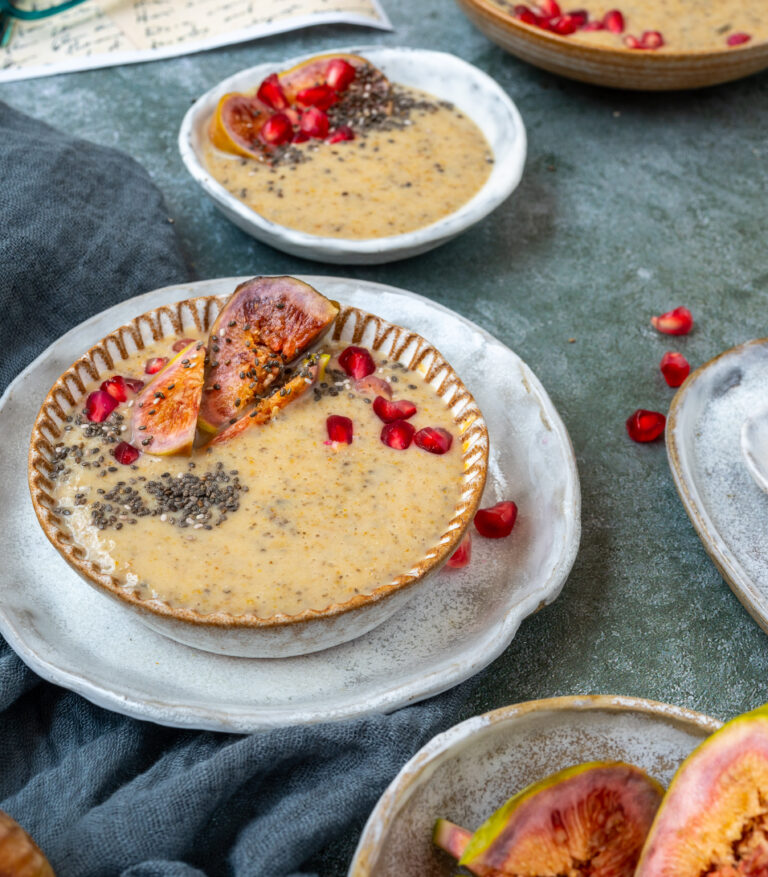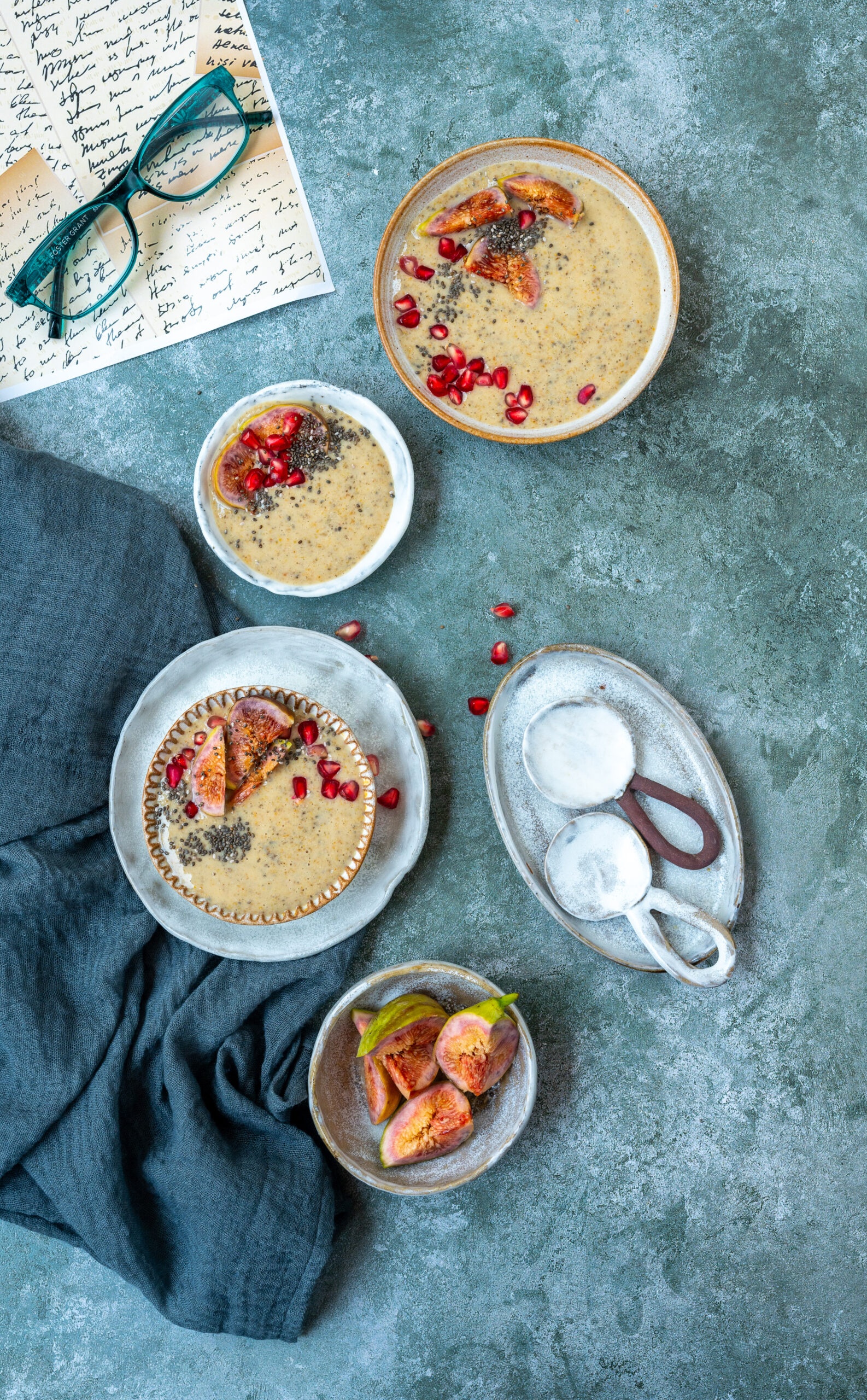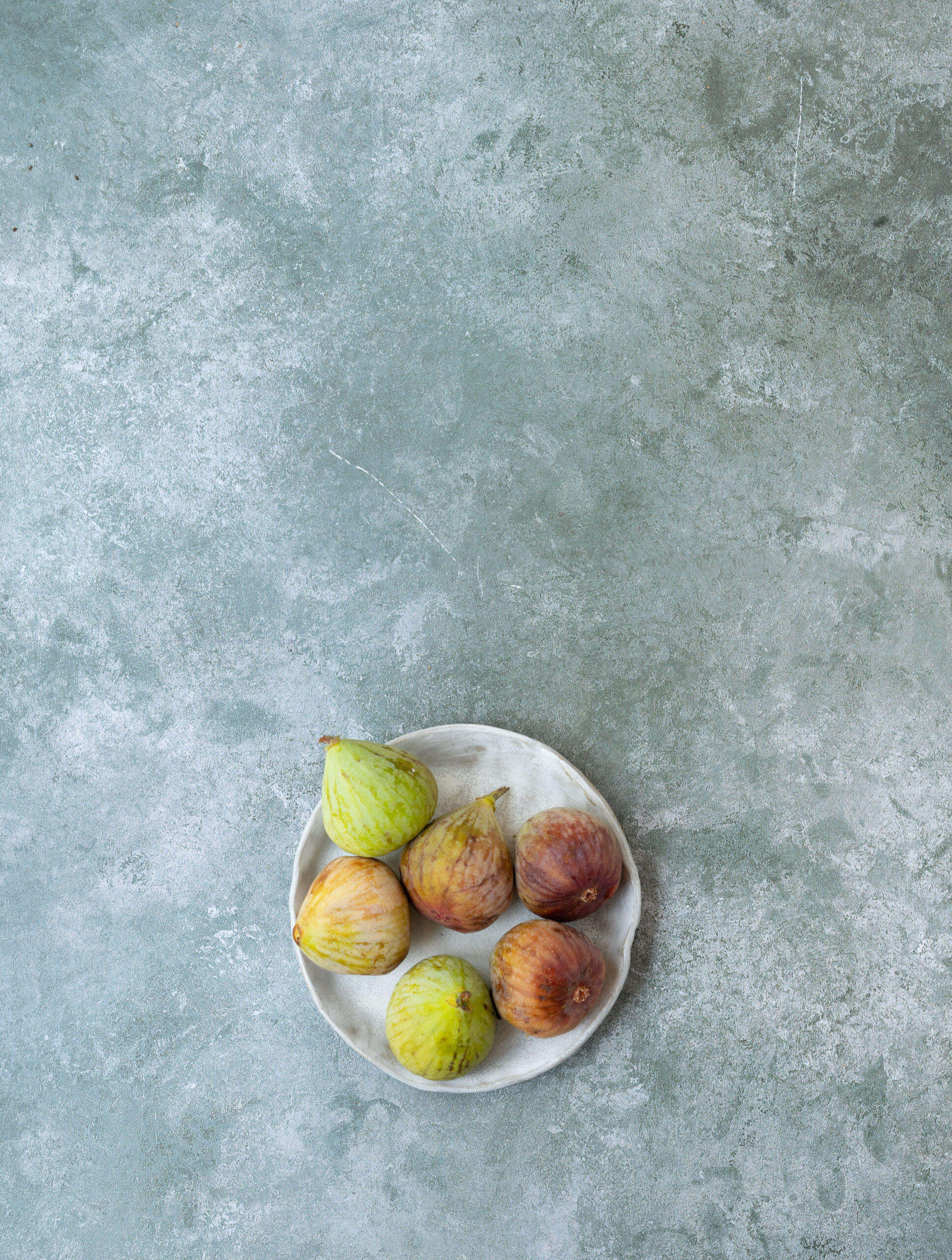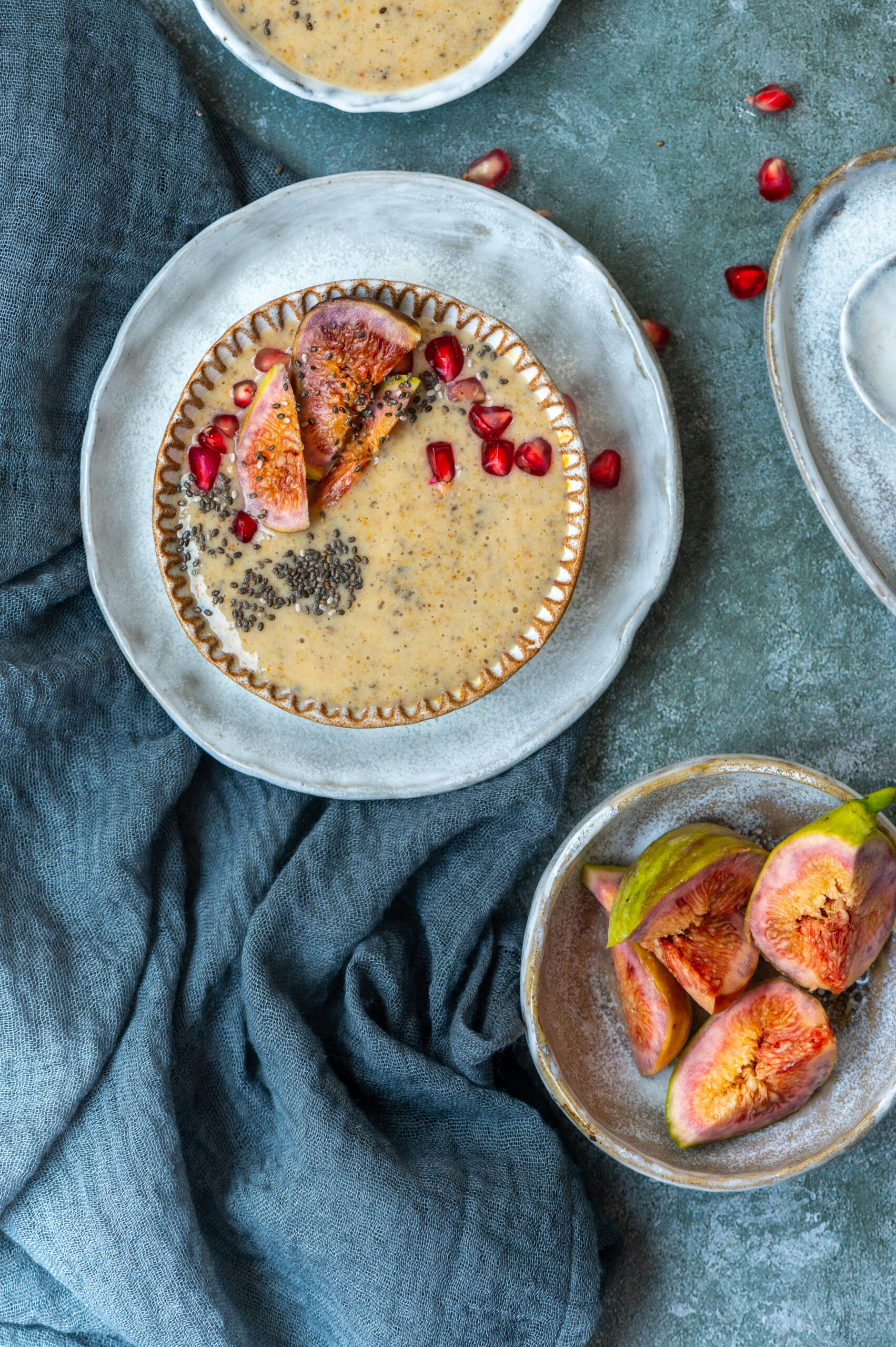I seem to be on a toast spree at home, as my family has been very thrilled by my sourdough stylings lately. This has been a hassle-free and highly creative time of experimenting, as I have been exploring the use of different toppings to break the monotony of having toast at breakfast. In addition to my family, in the recent past we have been entertaining quite a bit with house guests. While most out-of-towners prefer the idli and dosa standards of local cuisine here, the toasts I whip up add some variety to their choices. This cherry tomato yoghurt toast in particular was perfect for a day when a friend from the Mediterranean was feeling a little nostalgic for some comfort food.
That’s right: Greek yogurt is one of the key components to this dish. I came across the use of yoghurt on toast during various travels in Europe, and the dahi-lover in me was naturally charmed. I believe it is used as it is lighter than ricotta and mozzarella, yet provides the nutrients of dairy while being easier to digest. However, it can certainly be substituted with feta cheese or any other fresh cheese that is available in your part of the world. If you don’t have Greek yoghurt, hung curd is a great option.
The beautiful organic cherry tomatoes I had at home, which I’d been using on pizzas, were perfect to layer on the toast. The overall effect was quite visually pleasing too.
While I had been toying with the idea of a European-style open-faced toast with yoghurt for a while, I only prepared it for the first time quite recently. This was when the Italian friend I mentioned earlier visited us. He would speak often about his Nona (grandmother) and her amazing cuisine and how much he was missing her during his travels. One day, he remarked that he was craving for a dish that was not Indian and that could sort of transport him back to her kitchen. I can safely say from his appreciative reaction that this toast did exactly that. While the varieties of tomatoes available here differ, he told me that this simple breakfast was the closest he had felt to the tastes of home.
I must say, I too have had a craving for a while: to study authentic Italian cooking. My friend has been asking me to come visit and learn his cuisine from his beloved Nona. If I take him up on his offer, I will be sure to come back with a crateful or two of fresh Italian tomatoes!
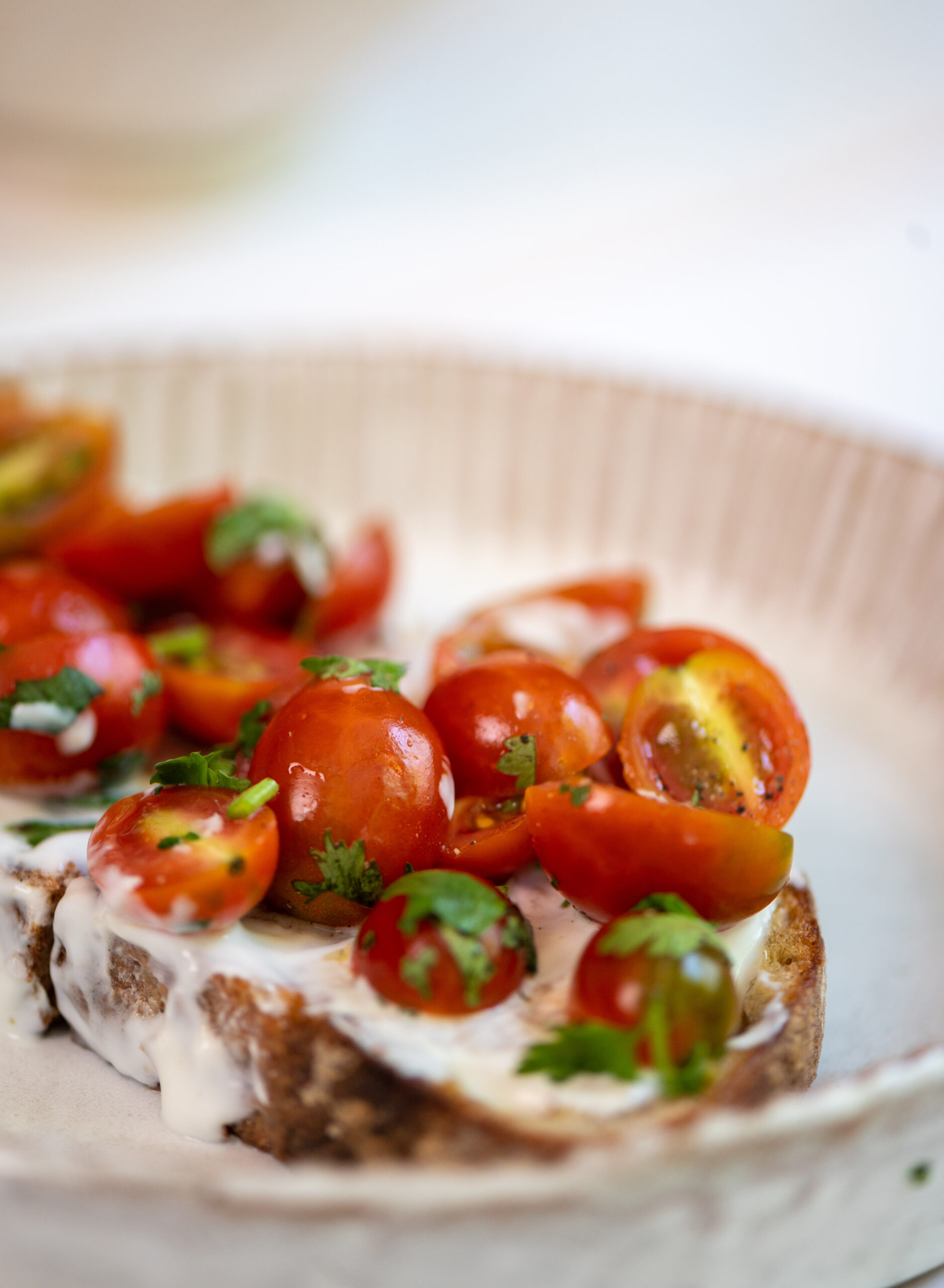
Cherry Tomato Yoghurt Toast
(Yield: 1 slice)
I large sourdough slice
½ cup Greek yoghurt or hung curd
1 cup cherry tomatoes
Salt to taste
A pinch of pepper
2 teaspoons olive oil
Toast the sourdough slice.
Spread the Greek yoghurt over the toasted slice.
Bake or sauté the cherry tomatoes in a pan, and arrange them over the yoghurt. Sprinkle salt and pepper. Add any herbs you like, such as fresh basil or oregano, drizzle with the olive oil, and serve.
Simplicity is crucial in putting a good breakfast toast together, to save time in the mornings. As you can see, this is a recipe that perfectly fits that criteria. It is easy to prepare, and is very healthy. Honestly, even one slice is quite filling. Did I mention that it’s also delicious? Try it out for yourself and tell me what you think!
